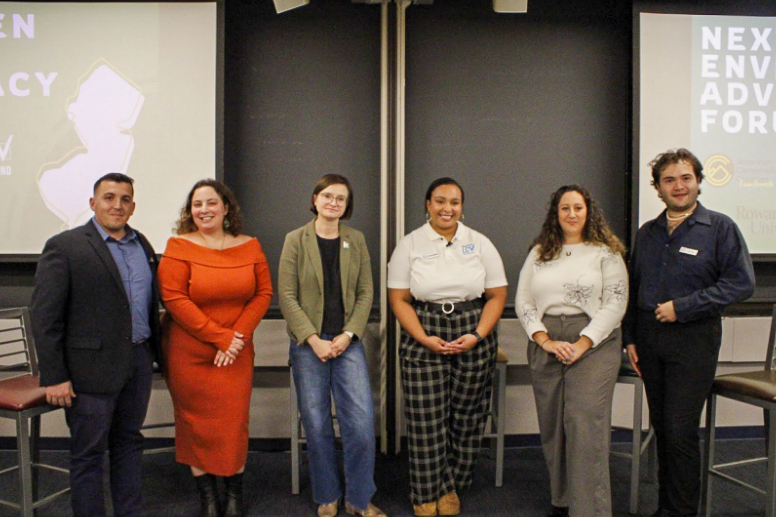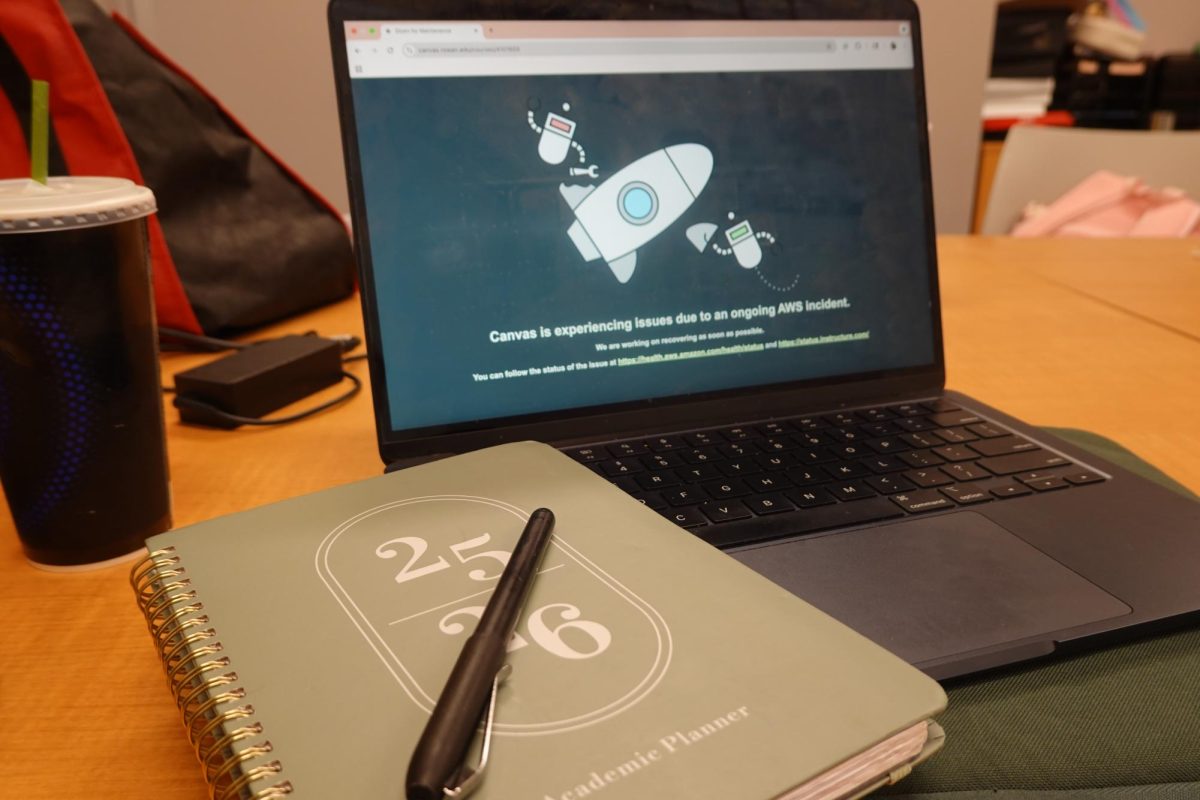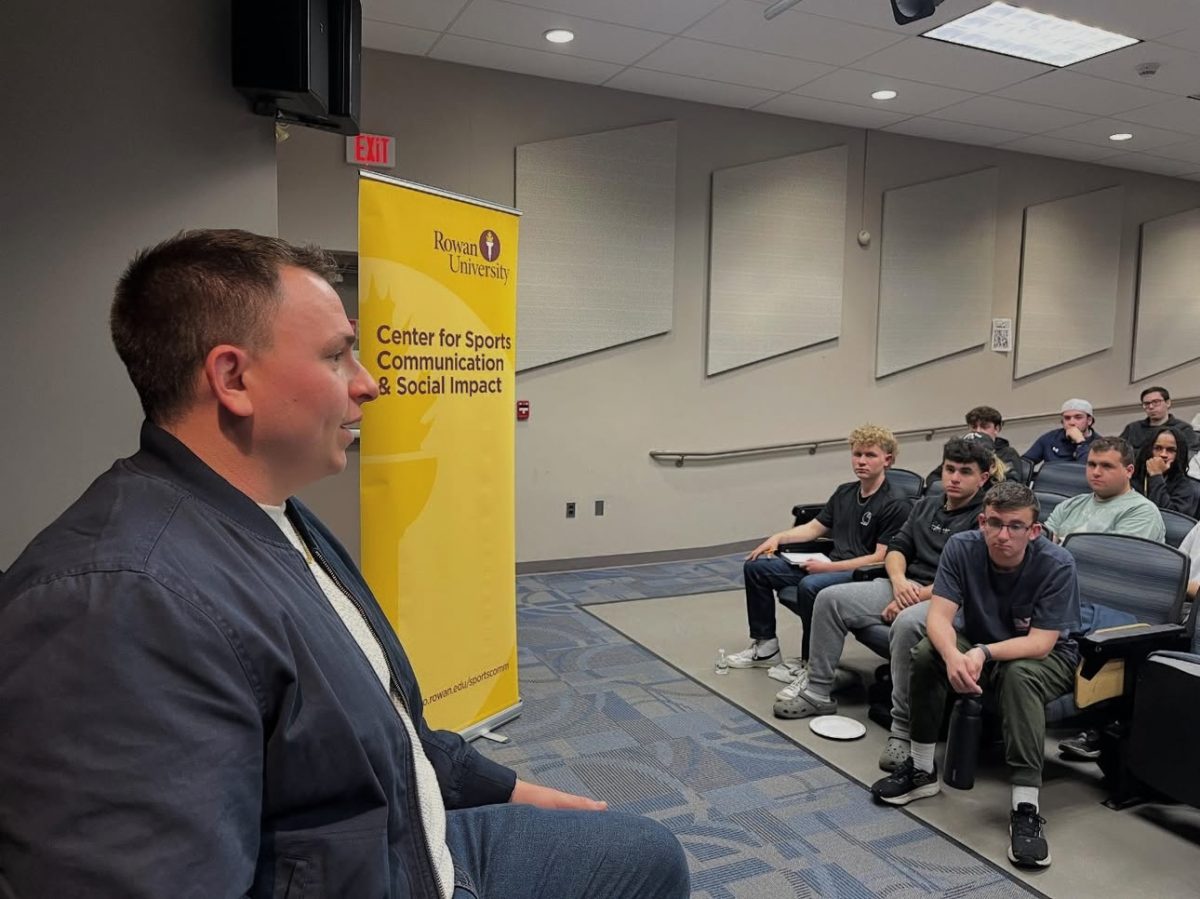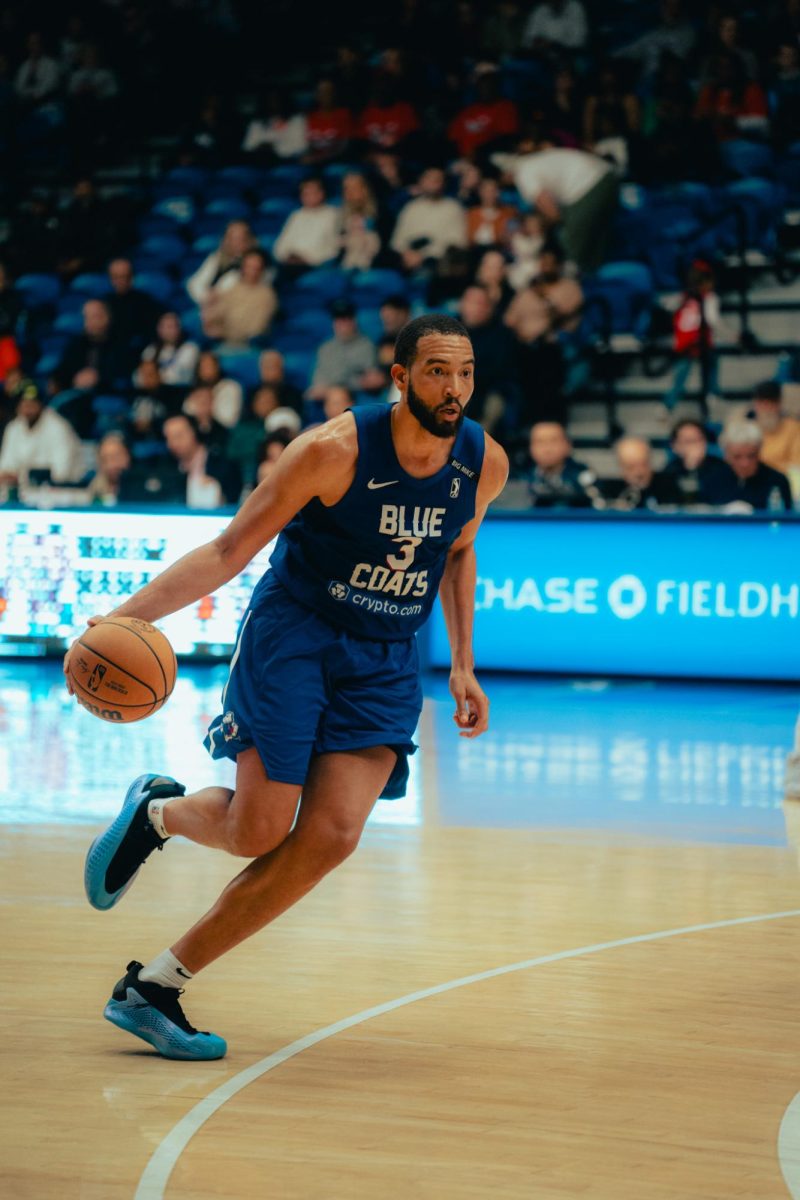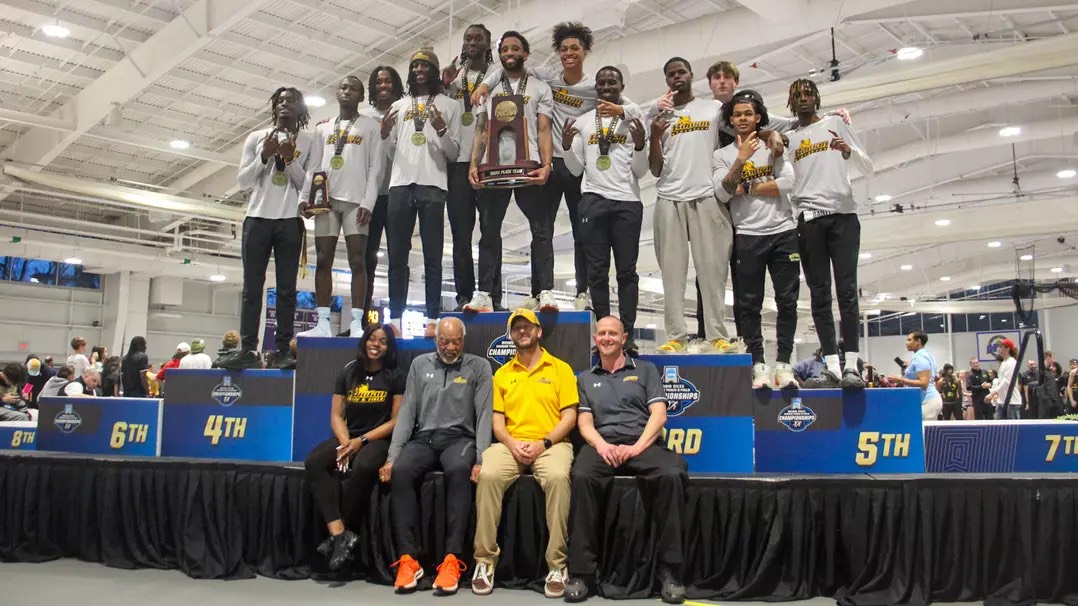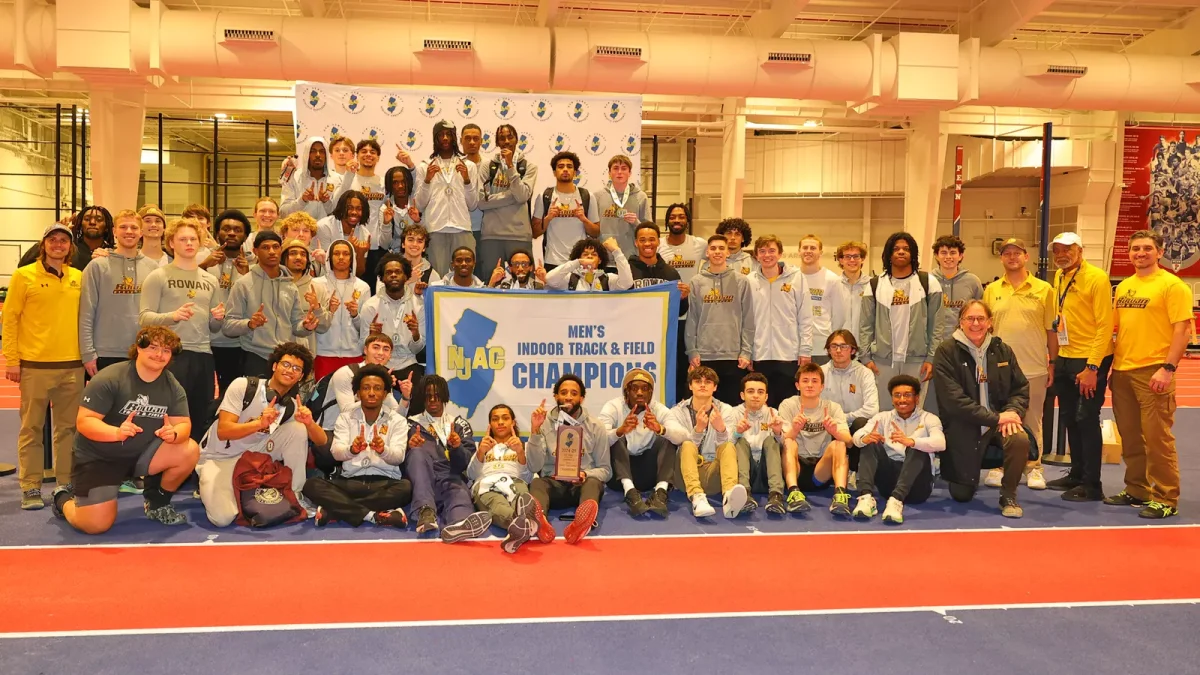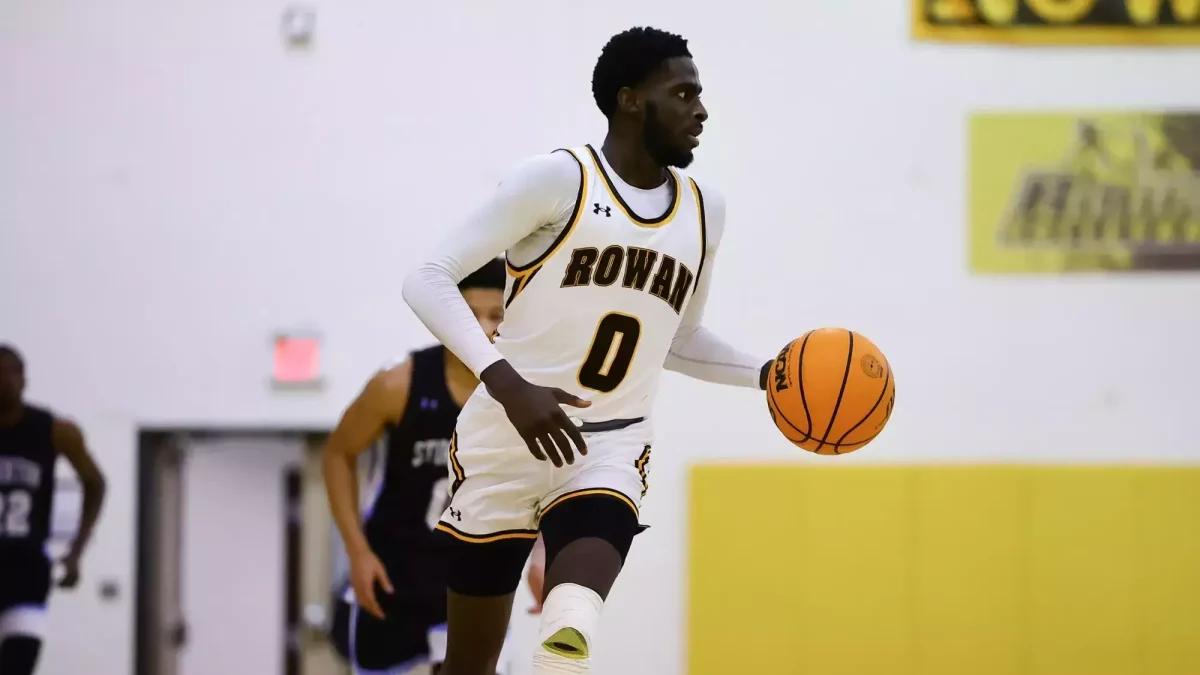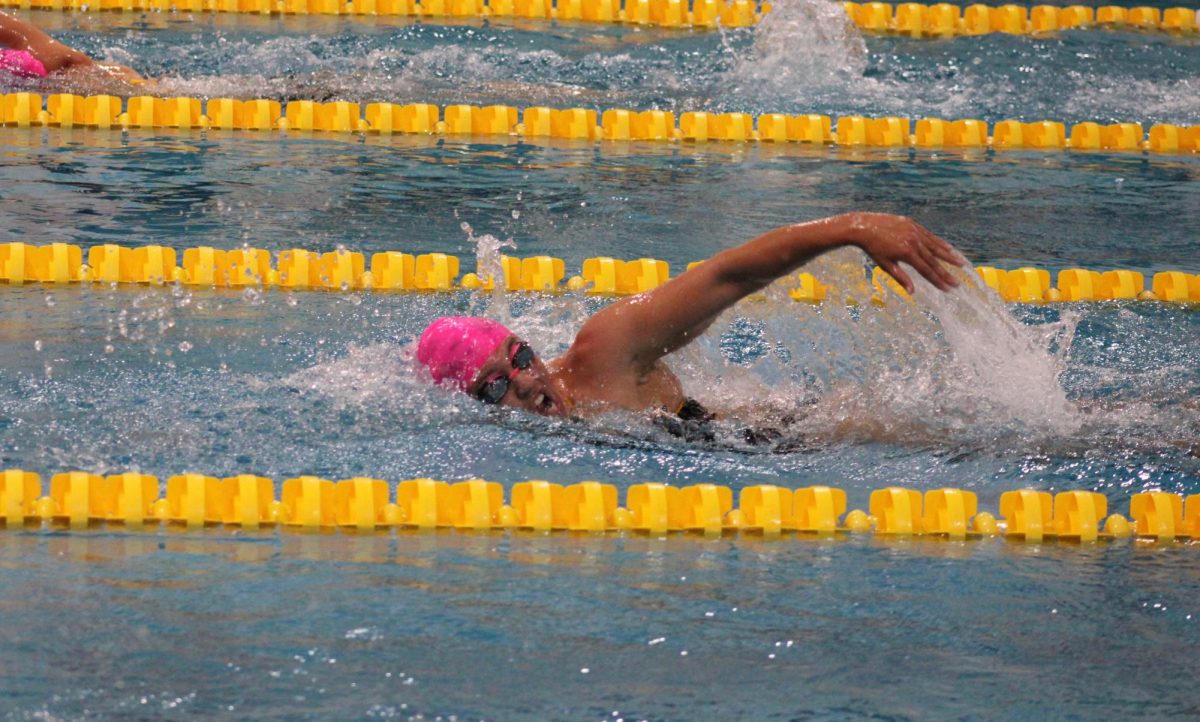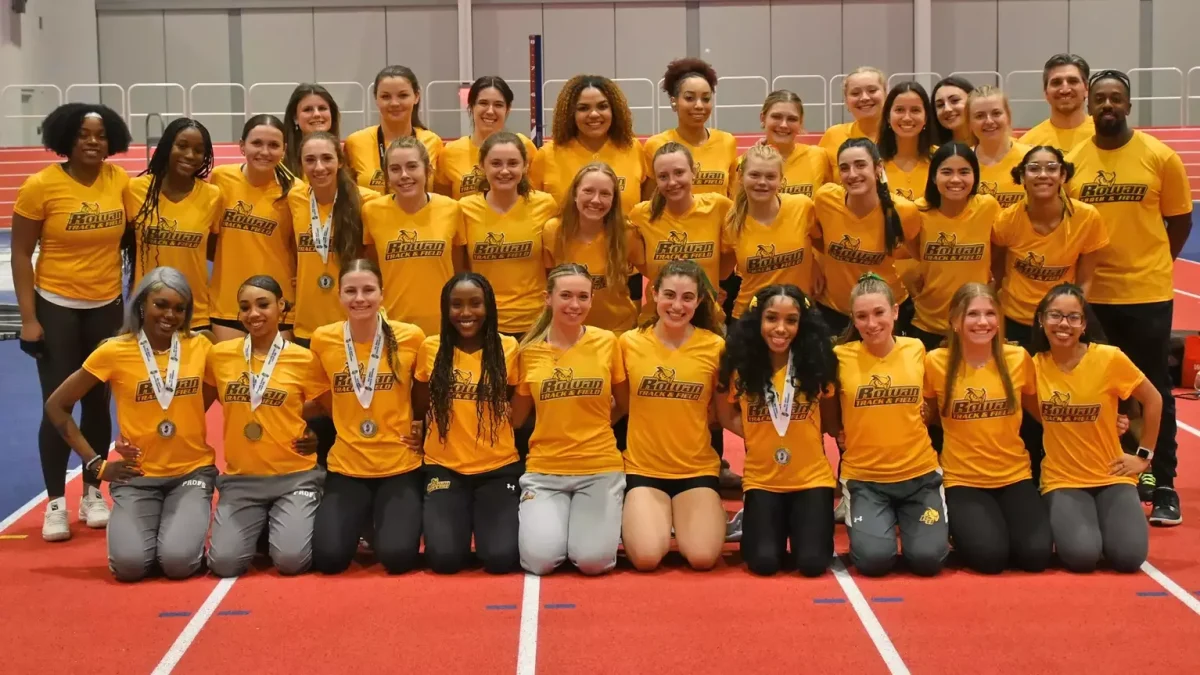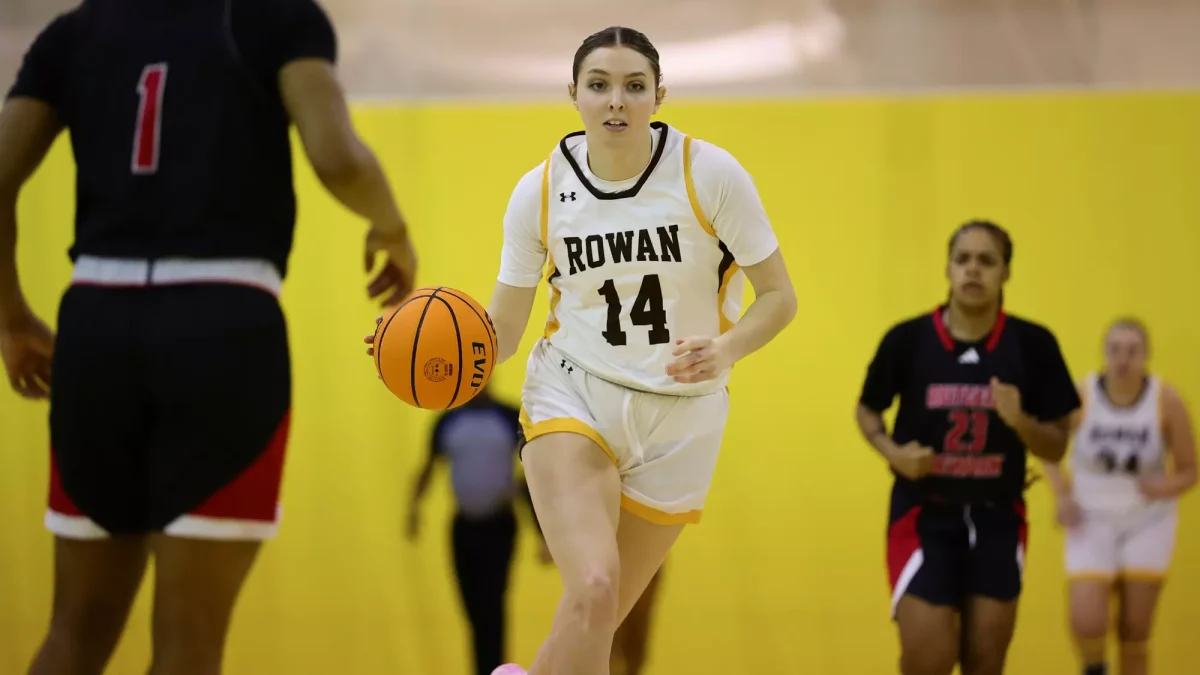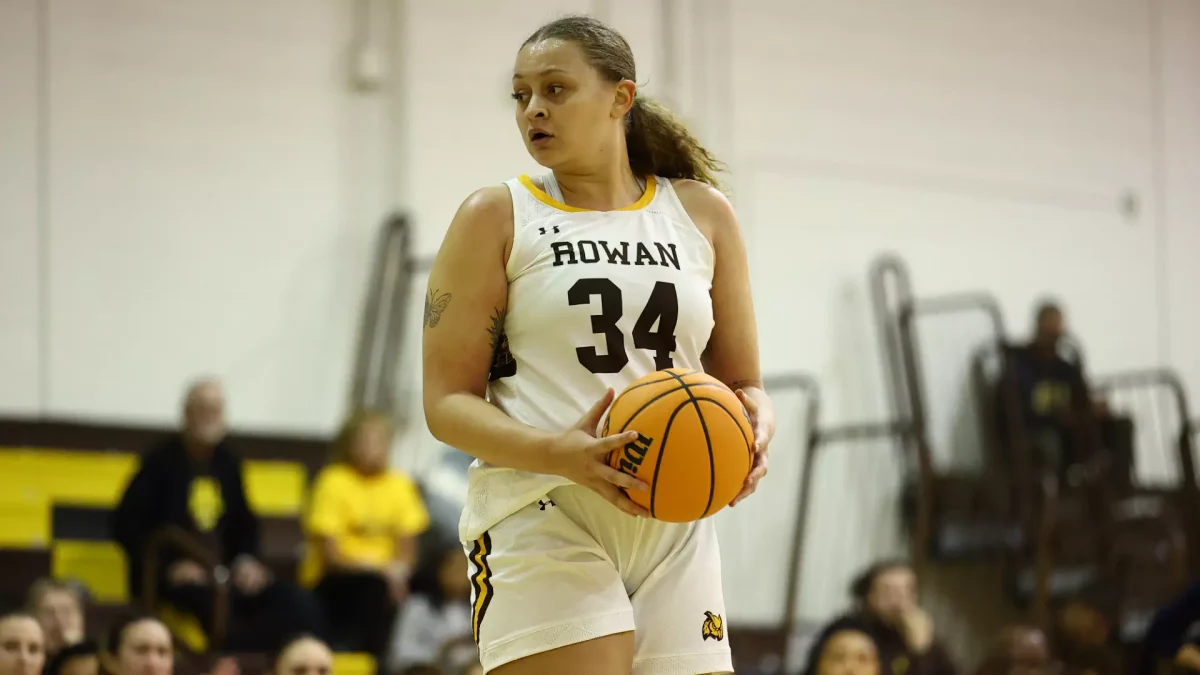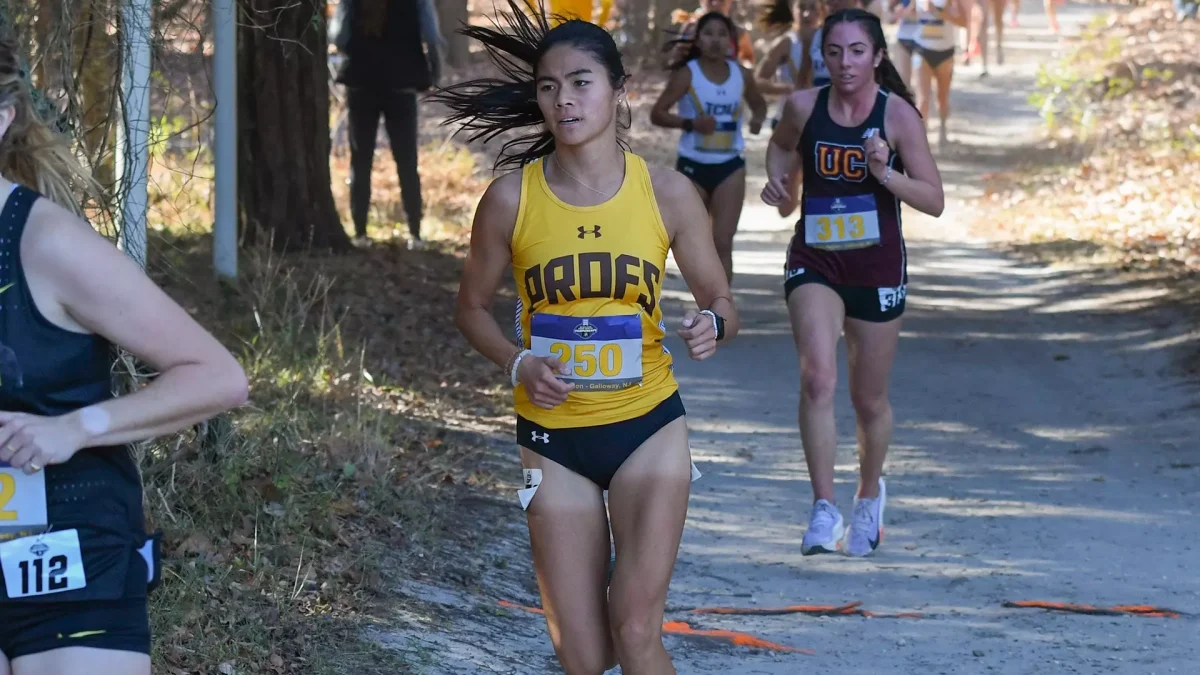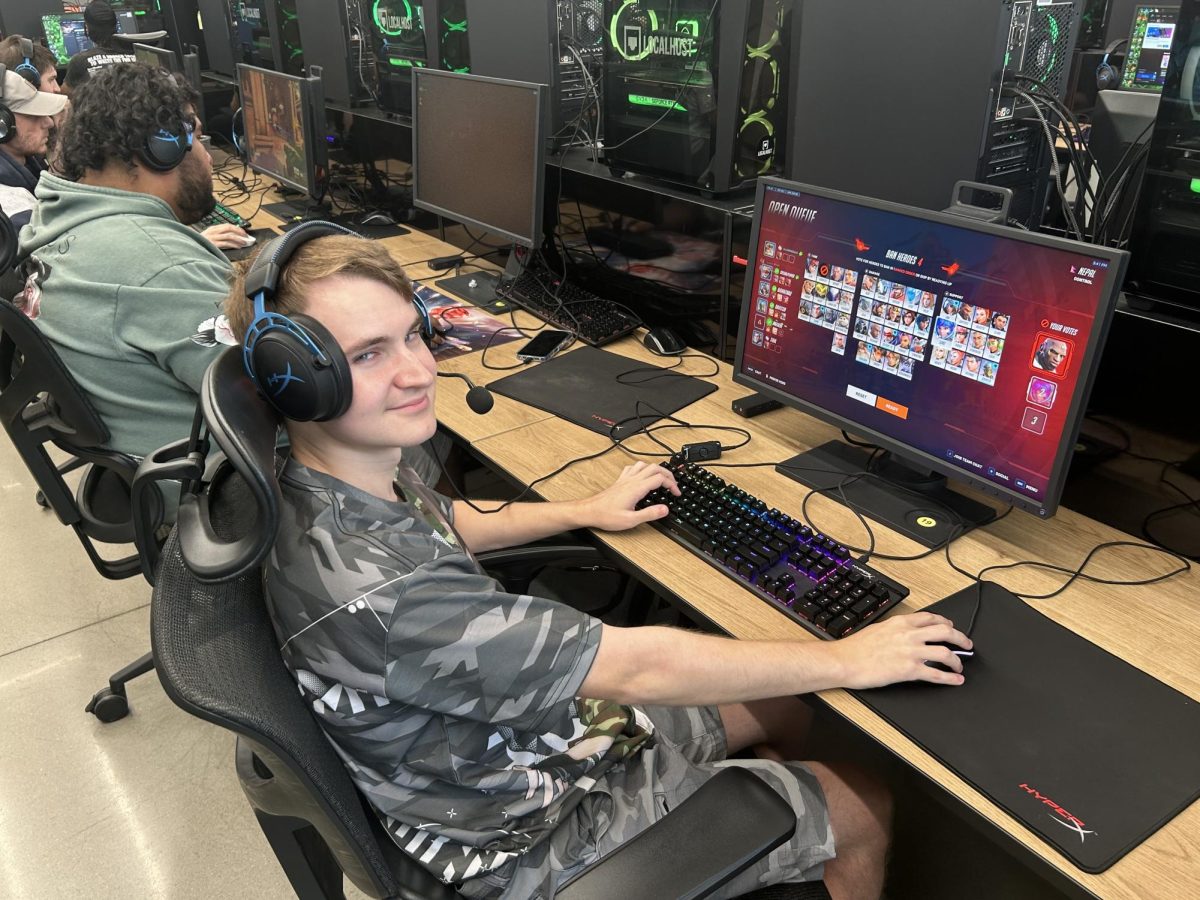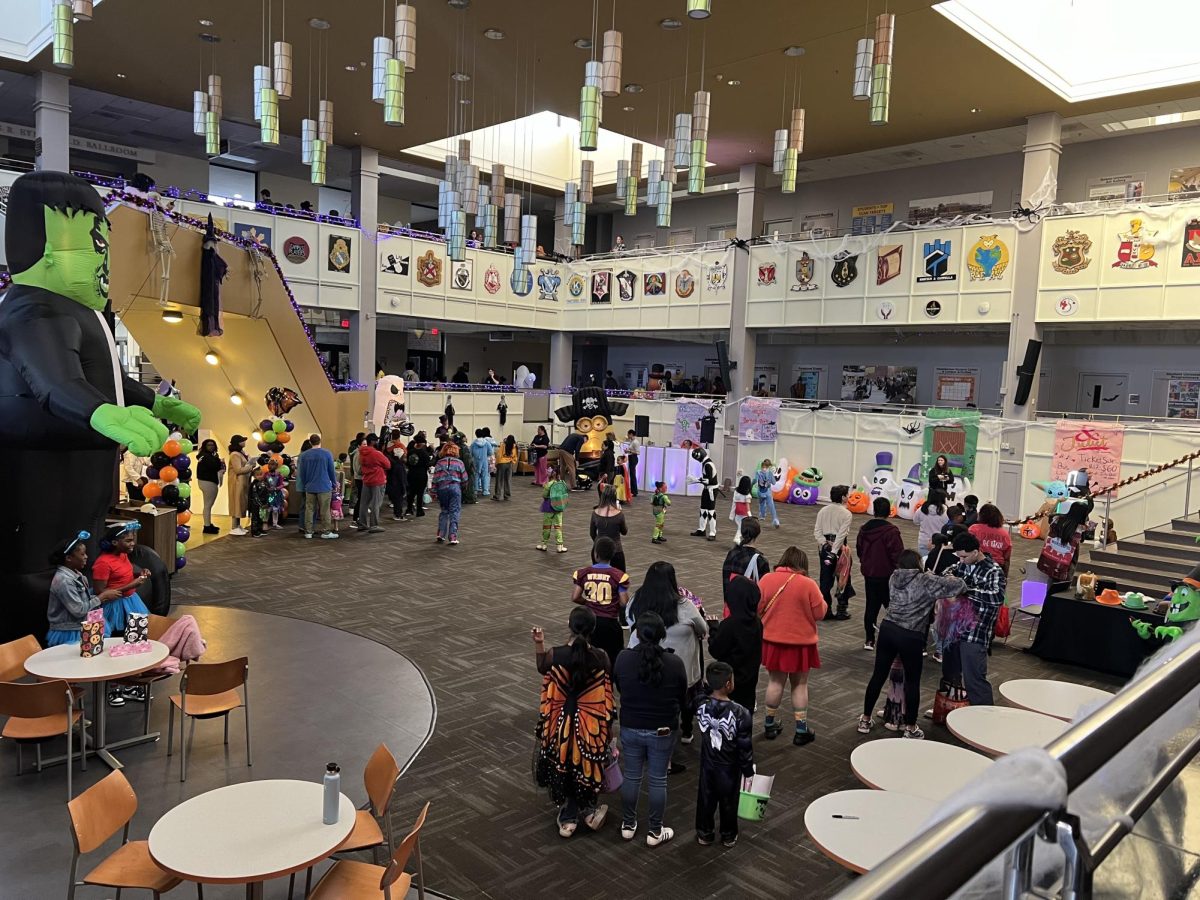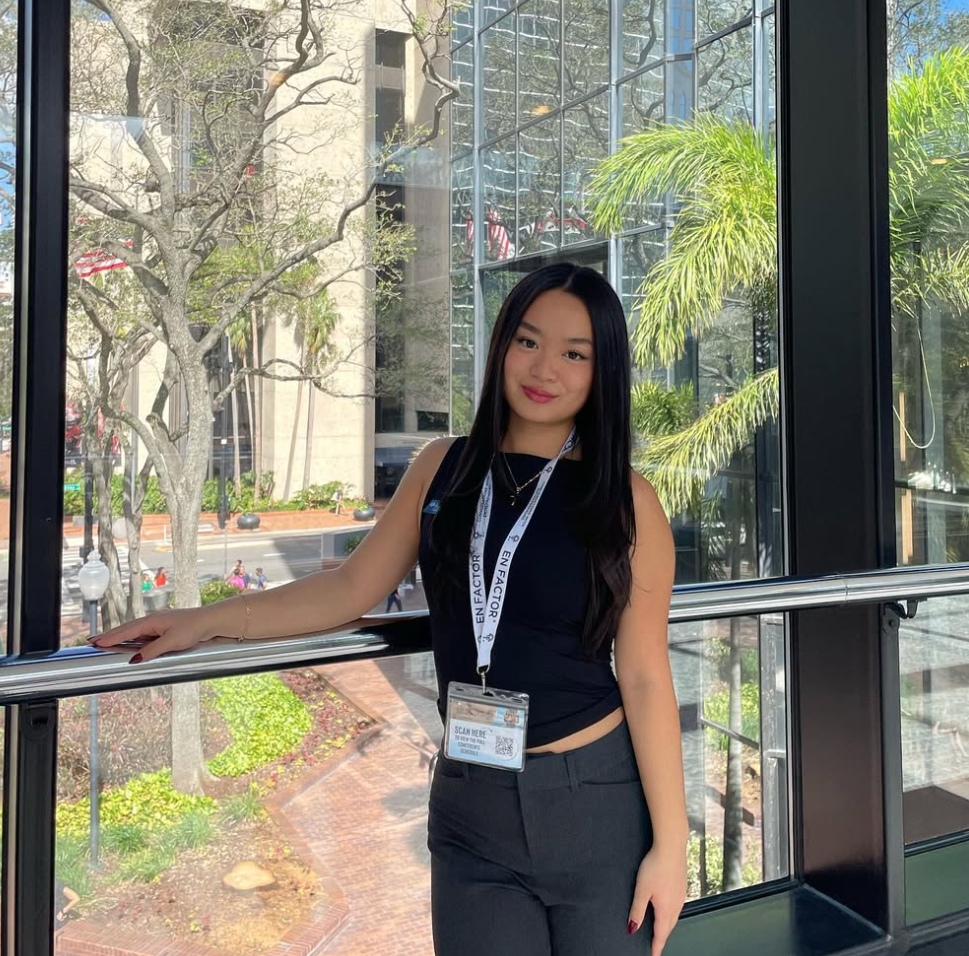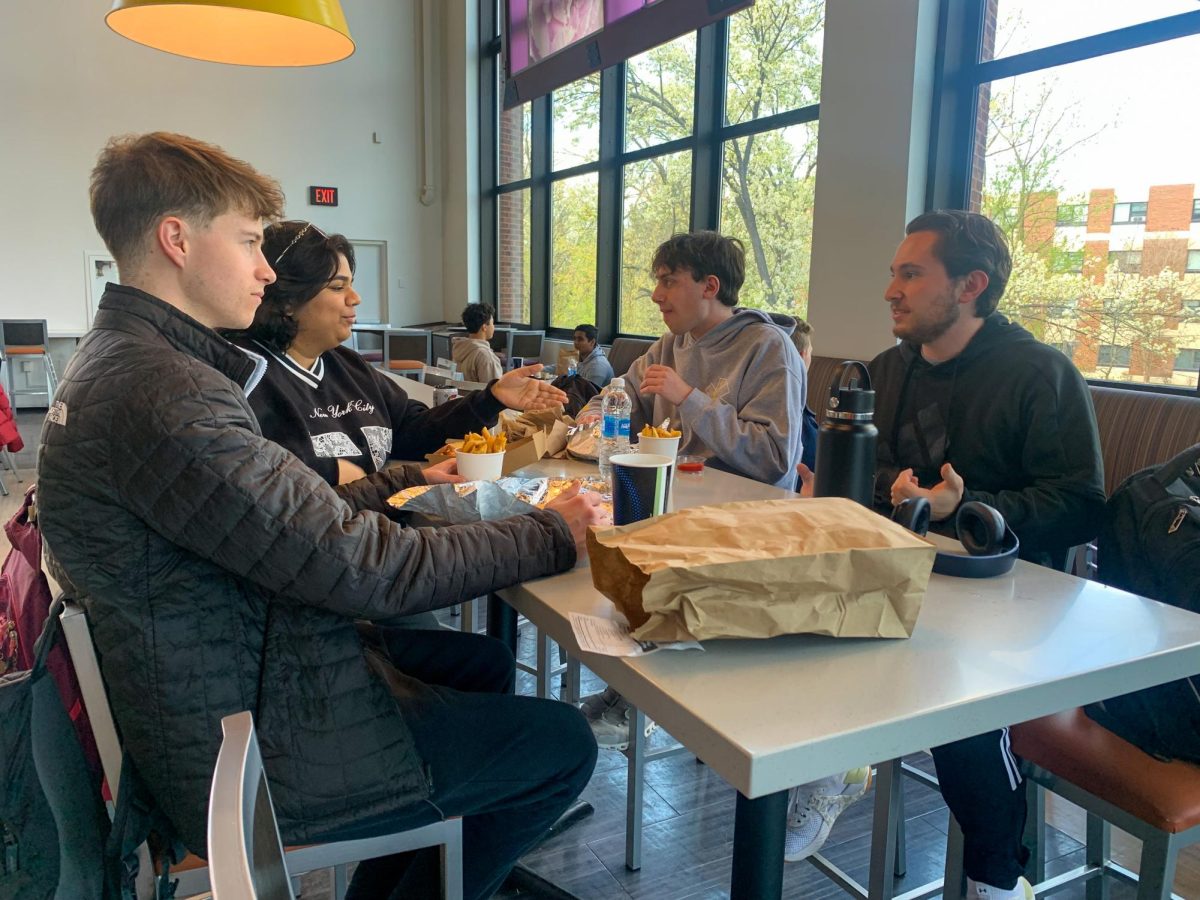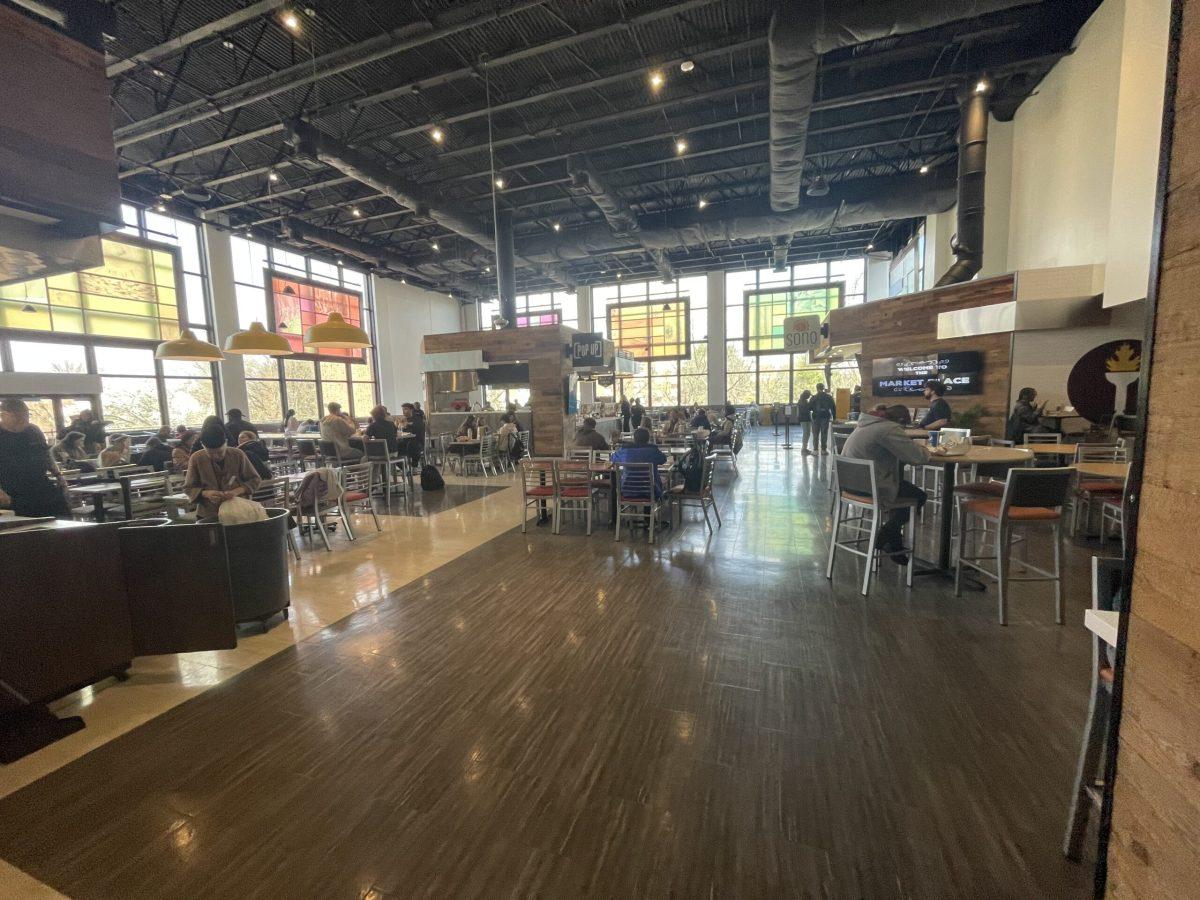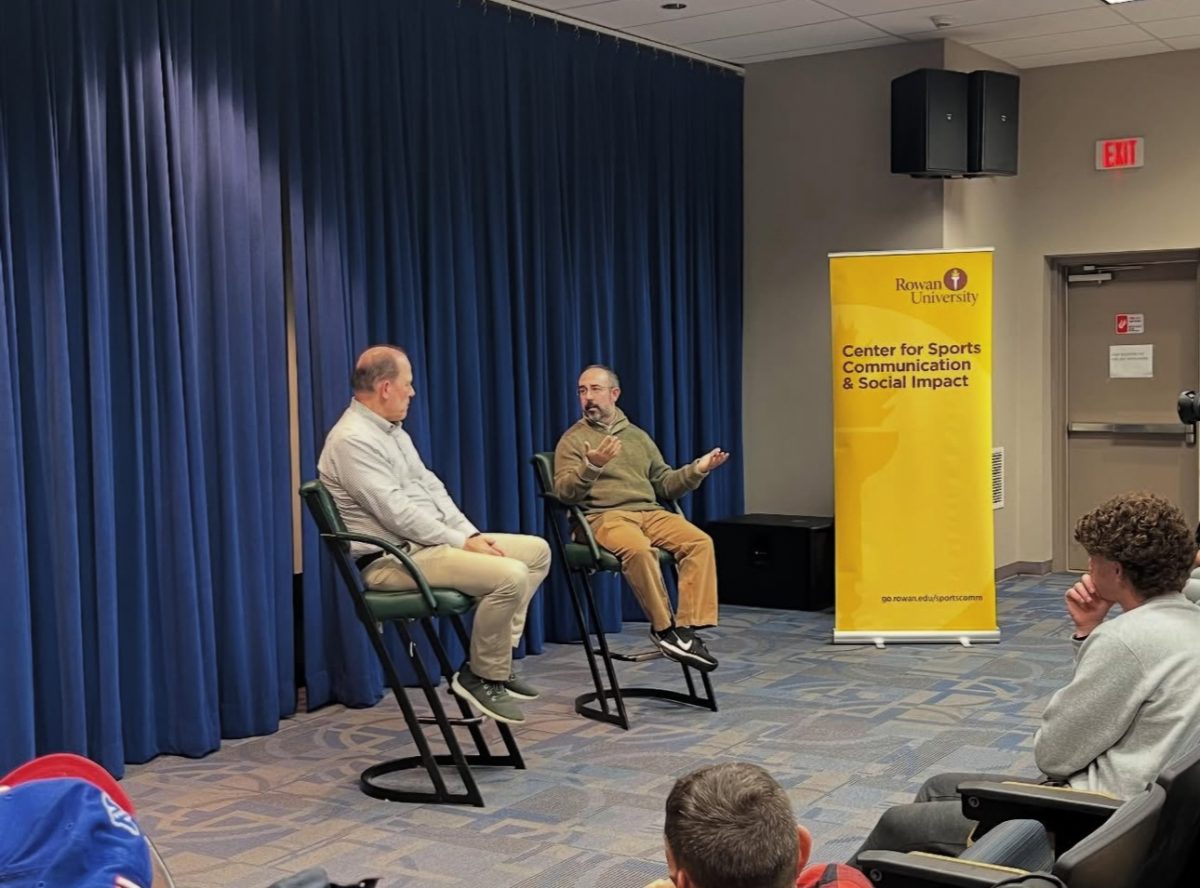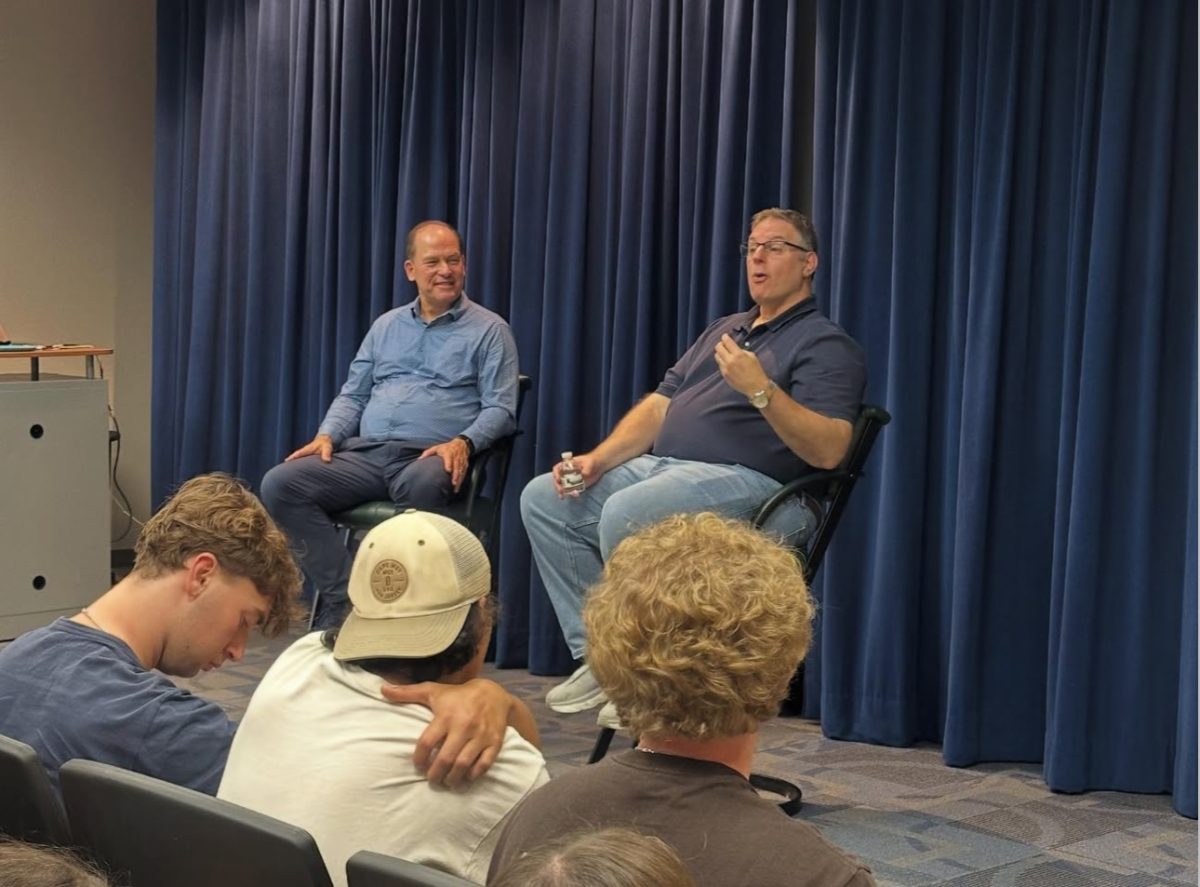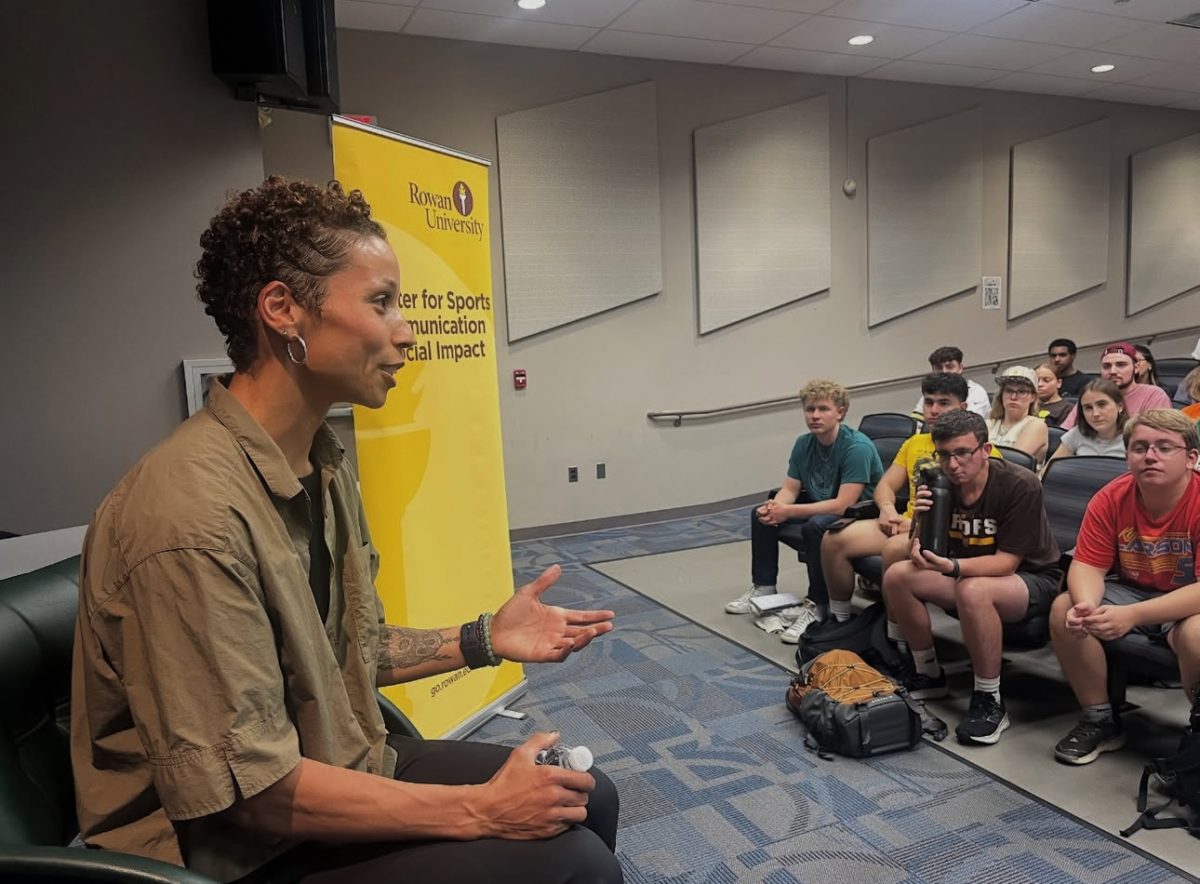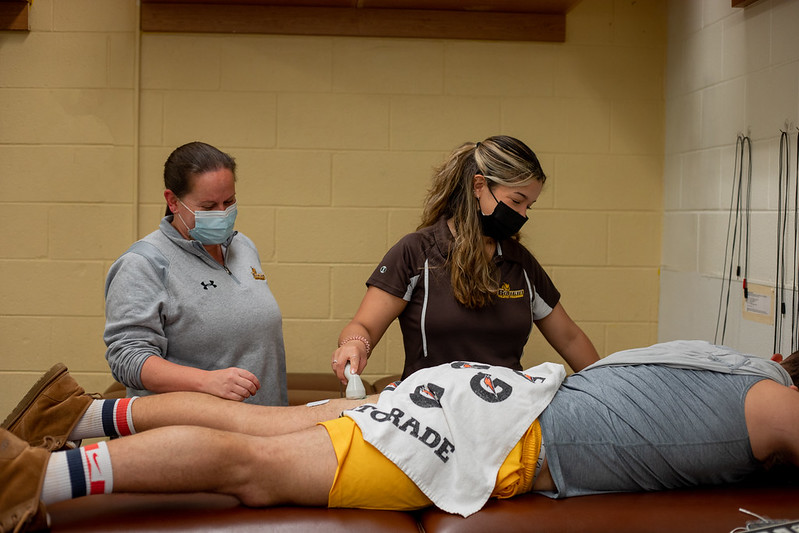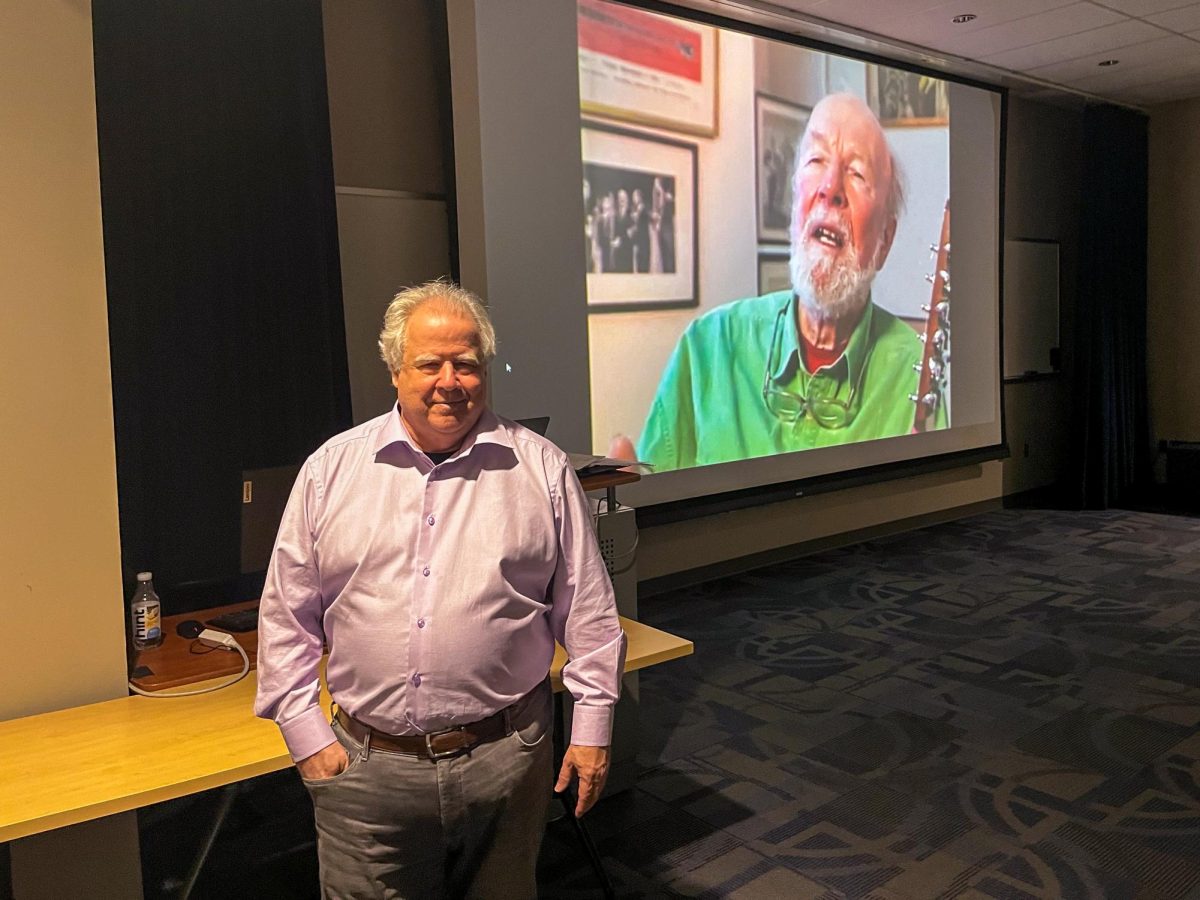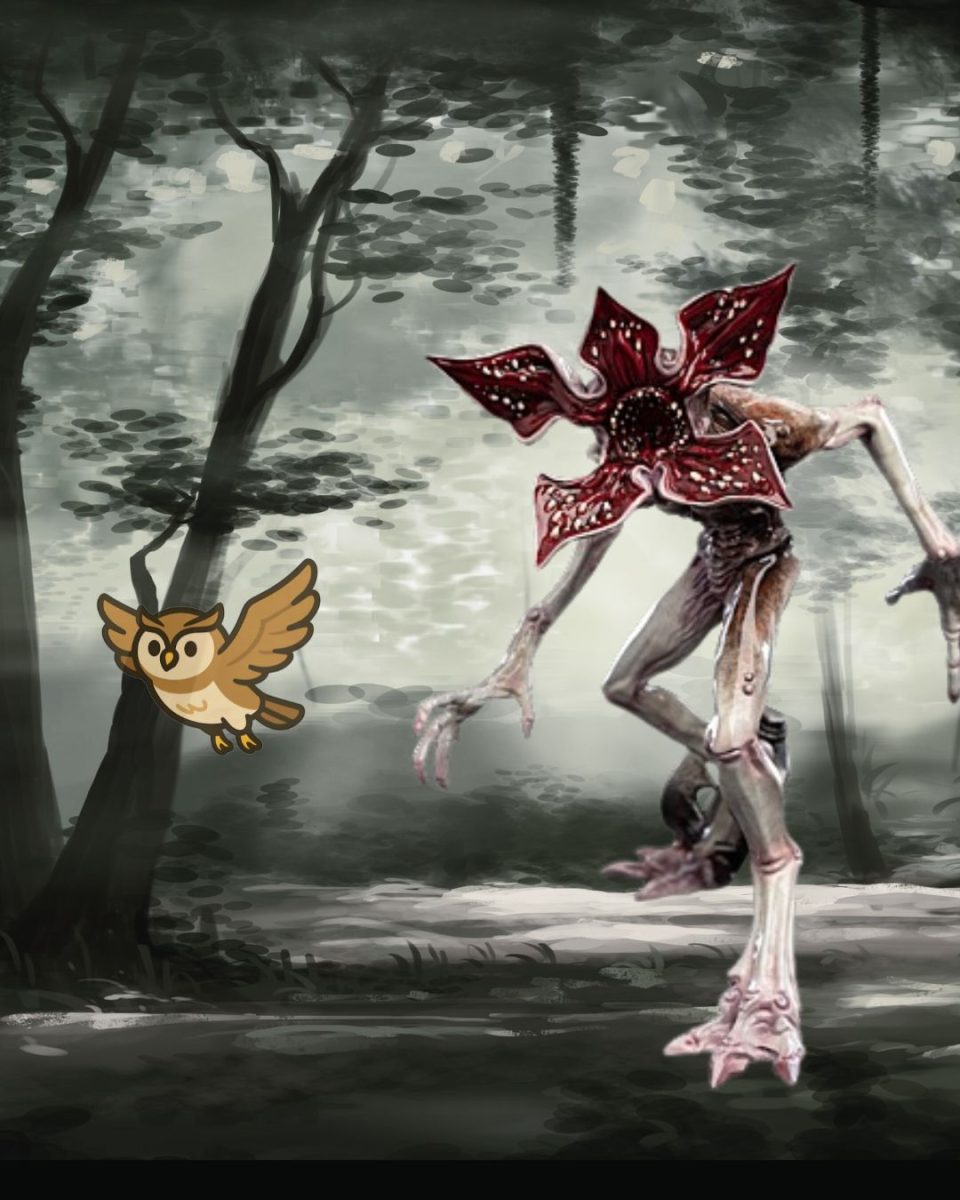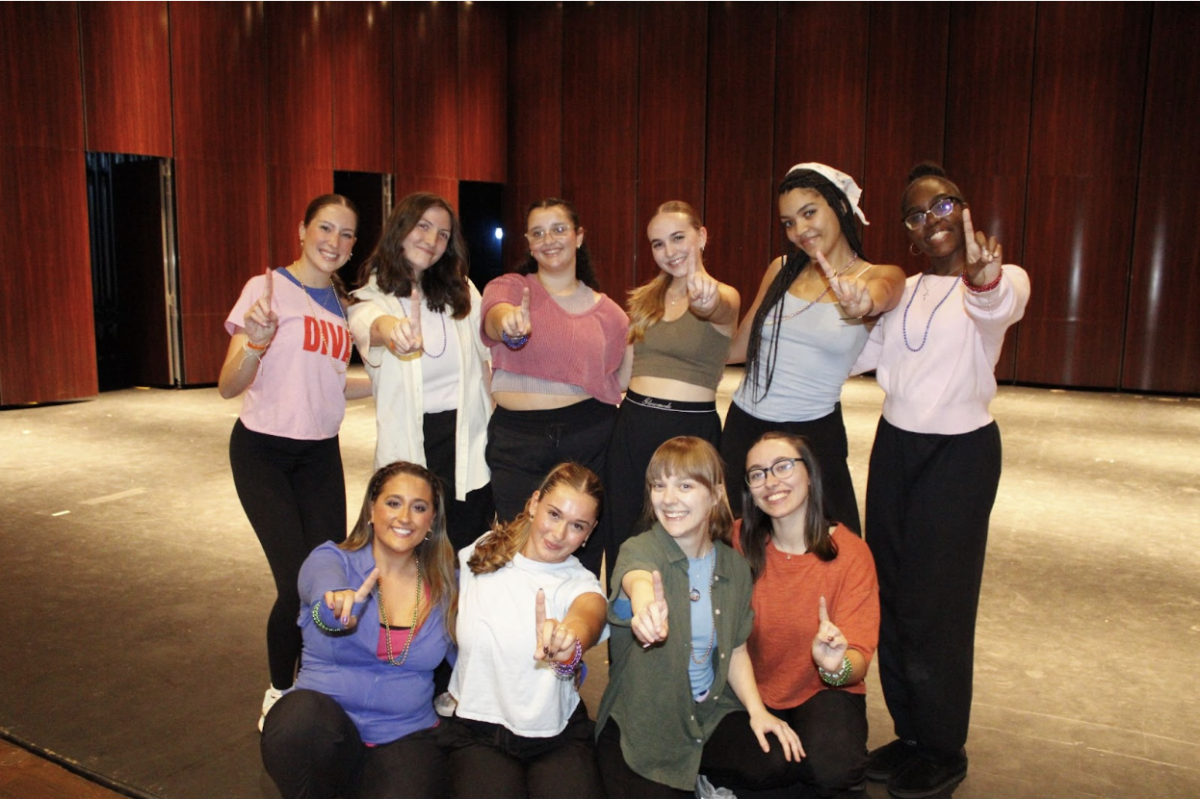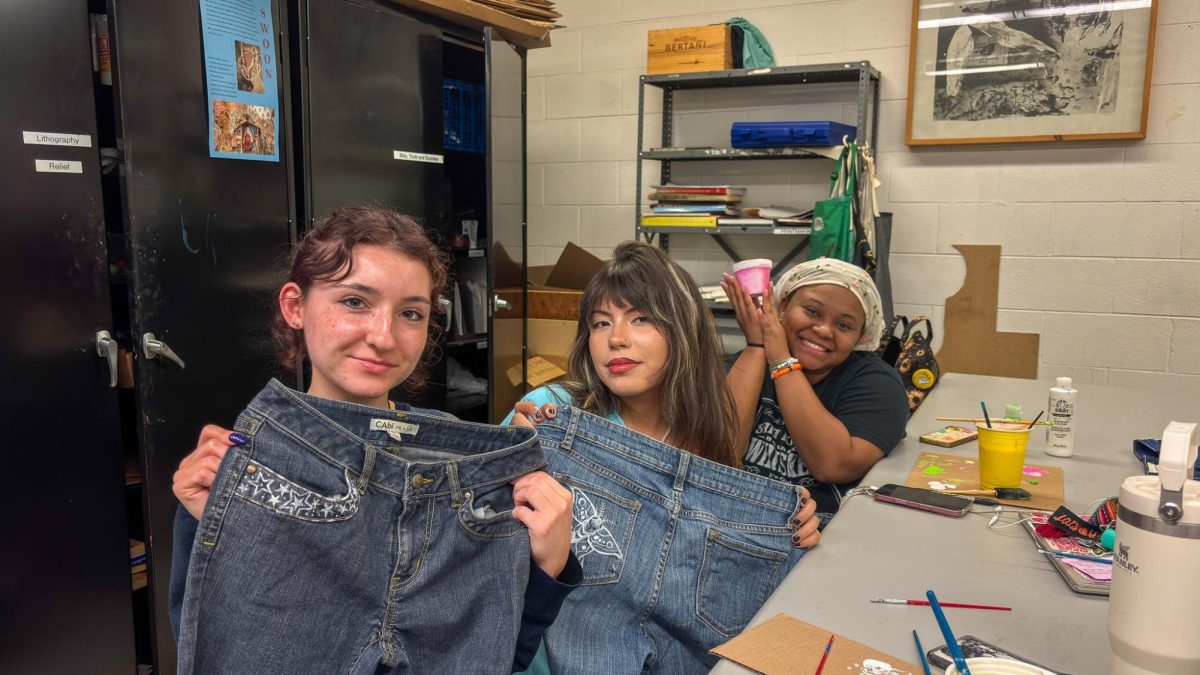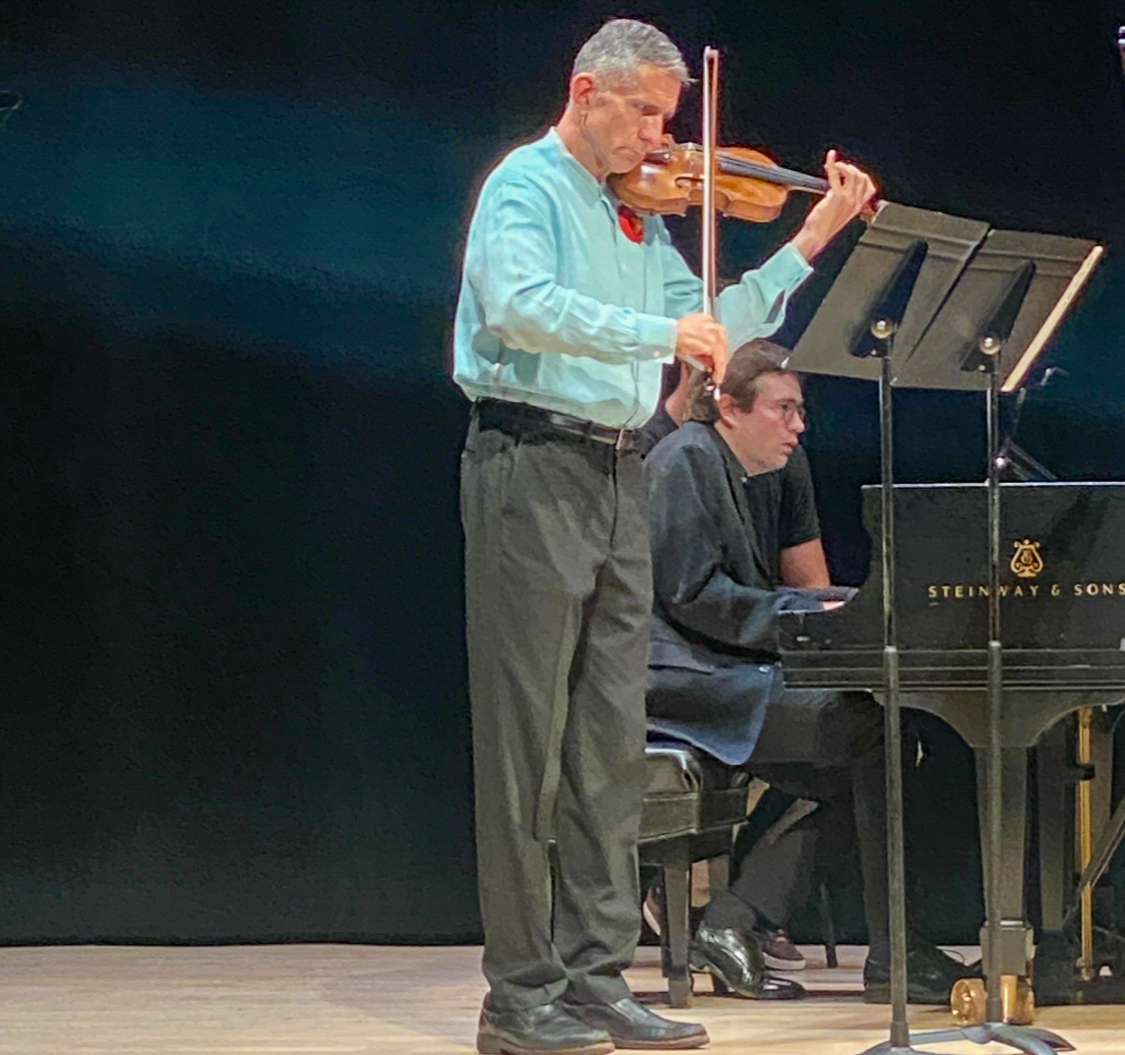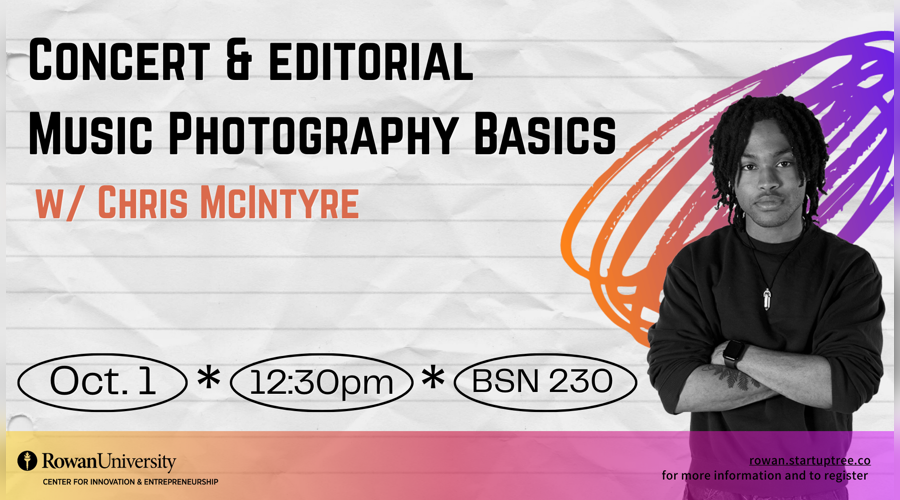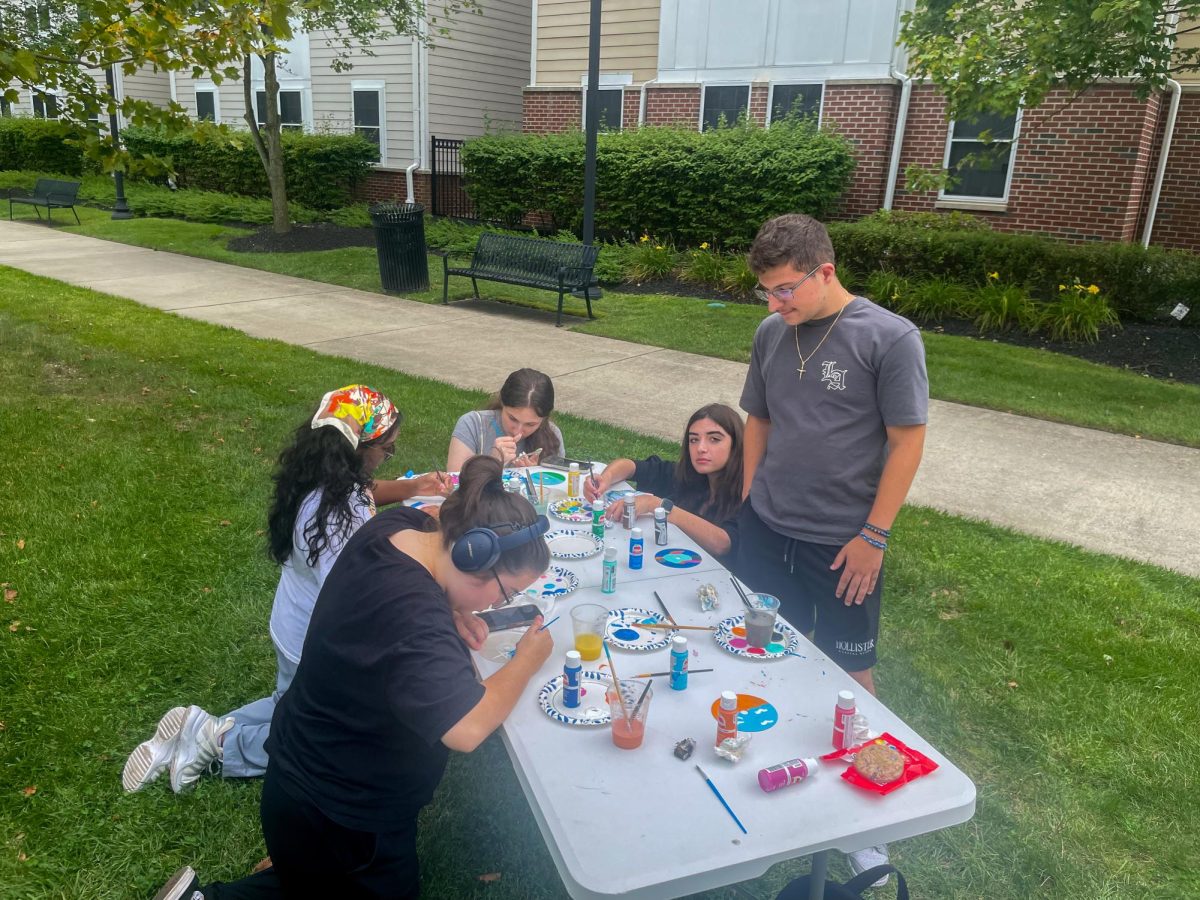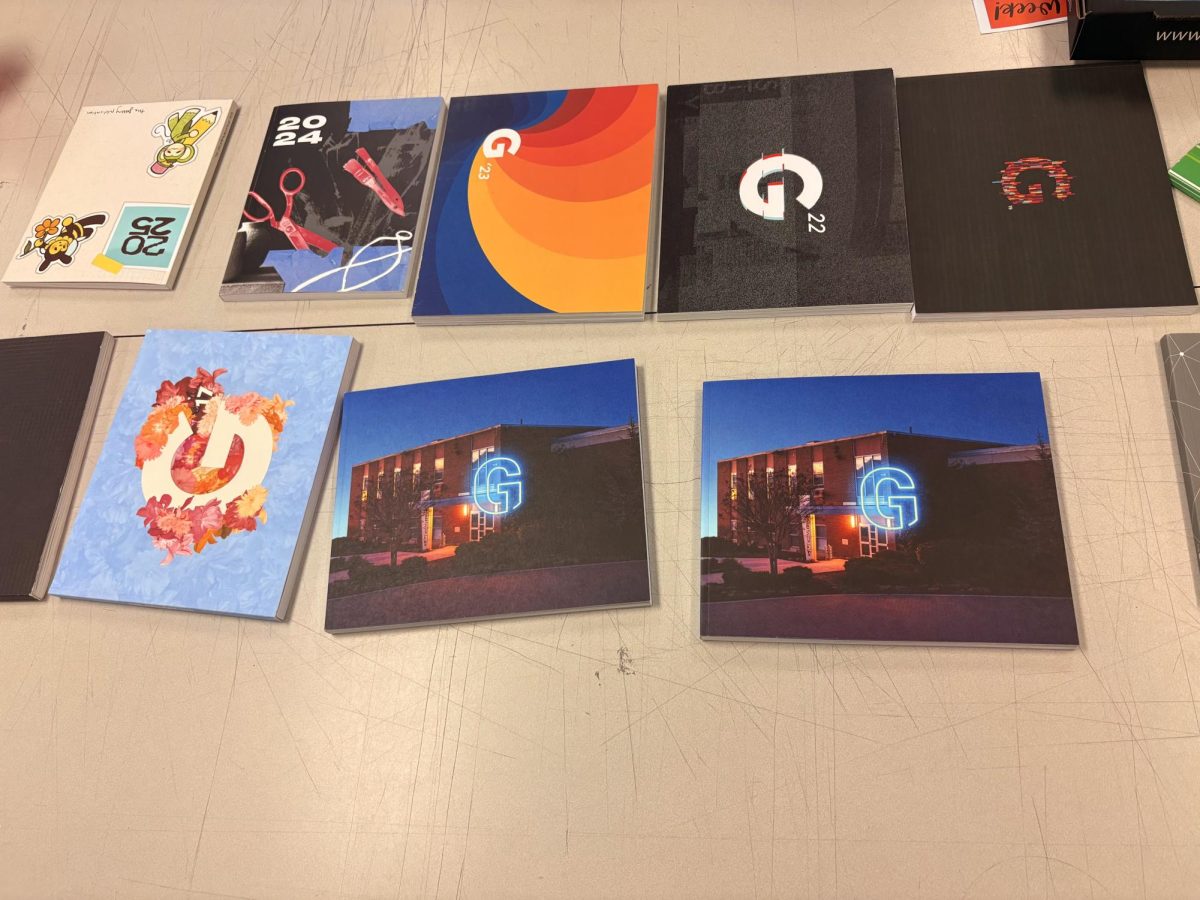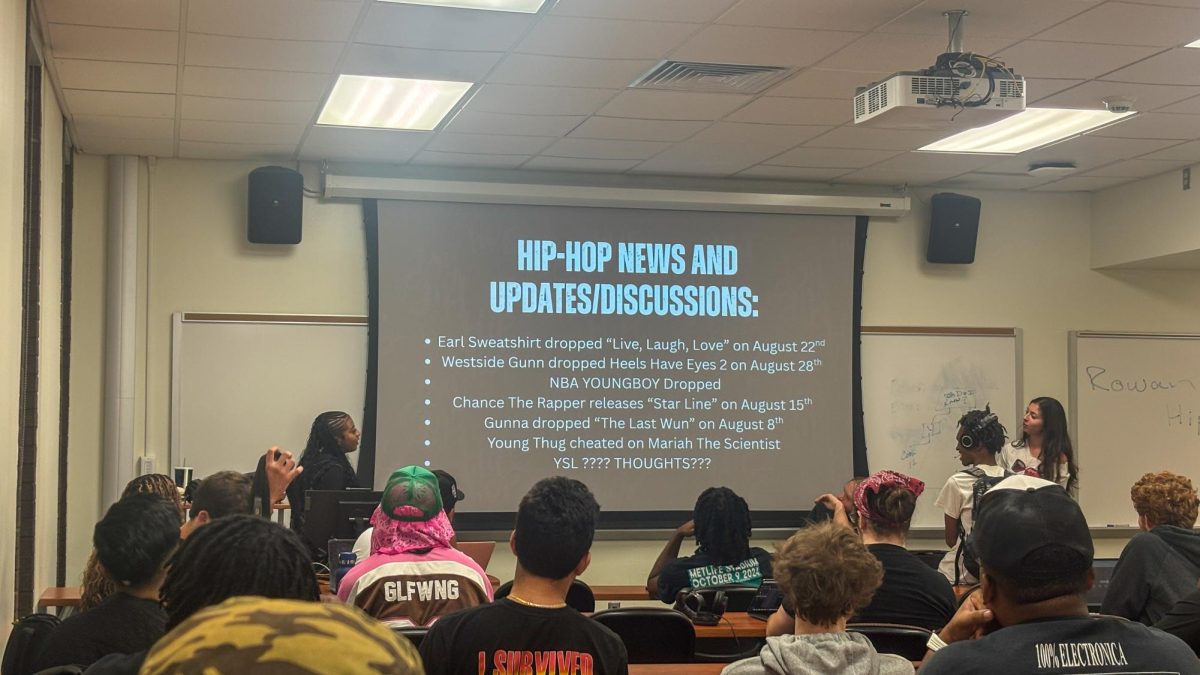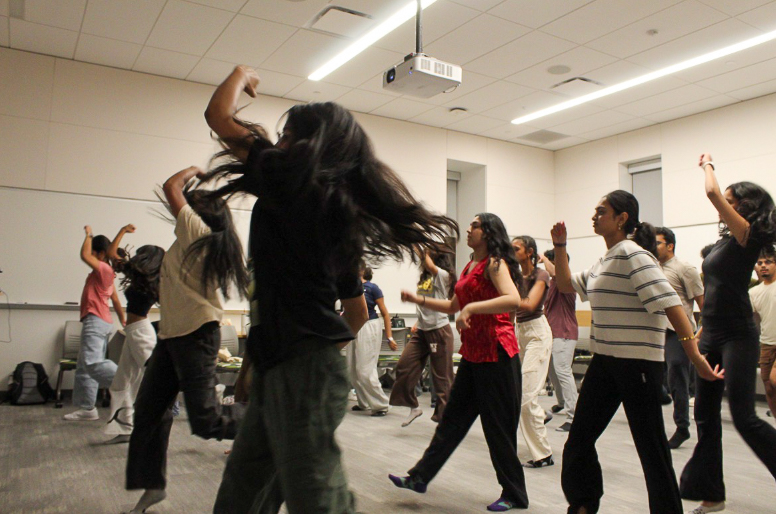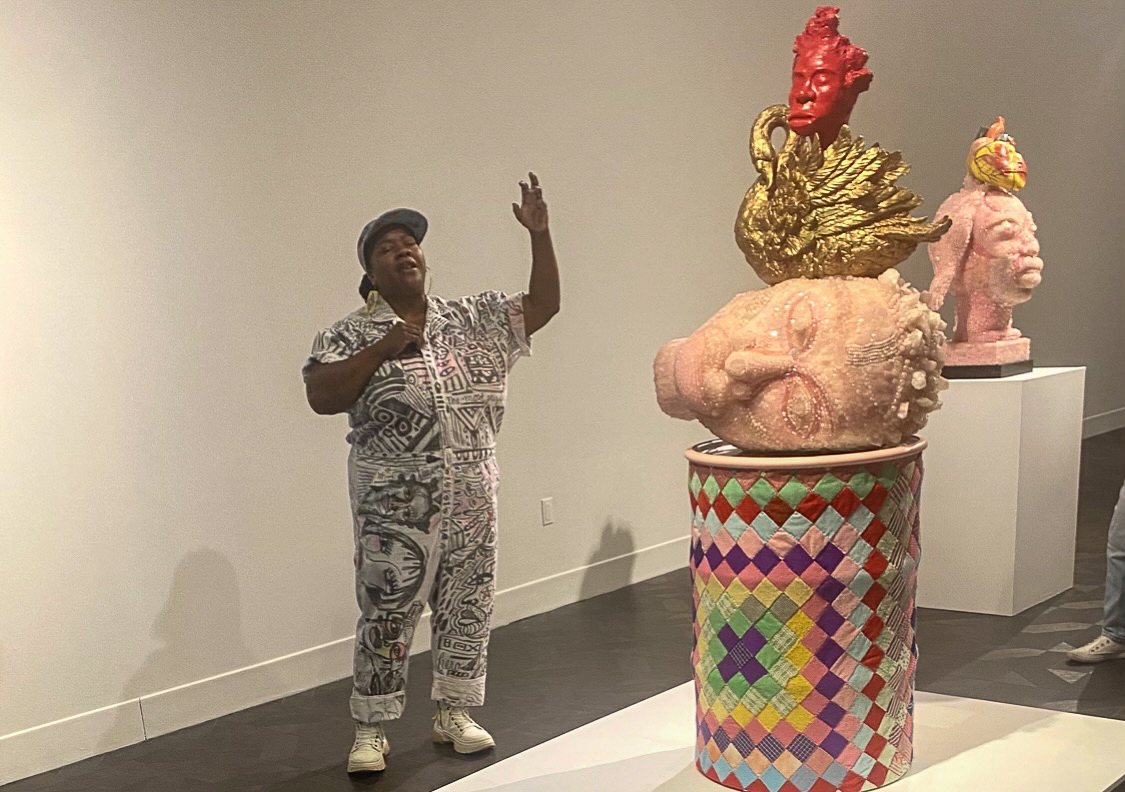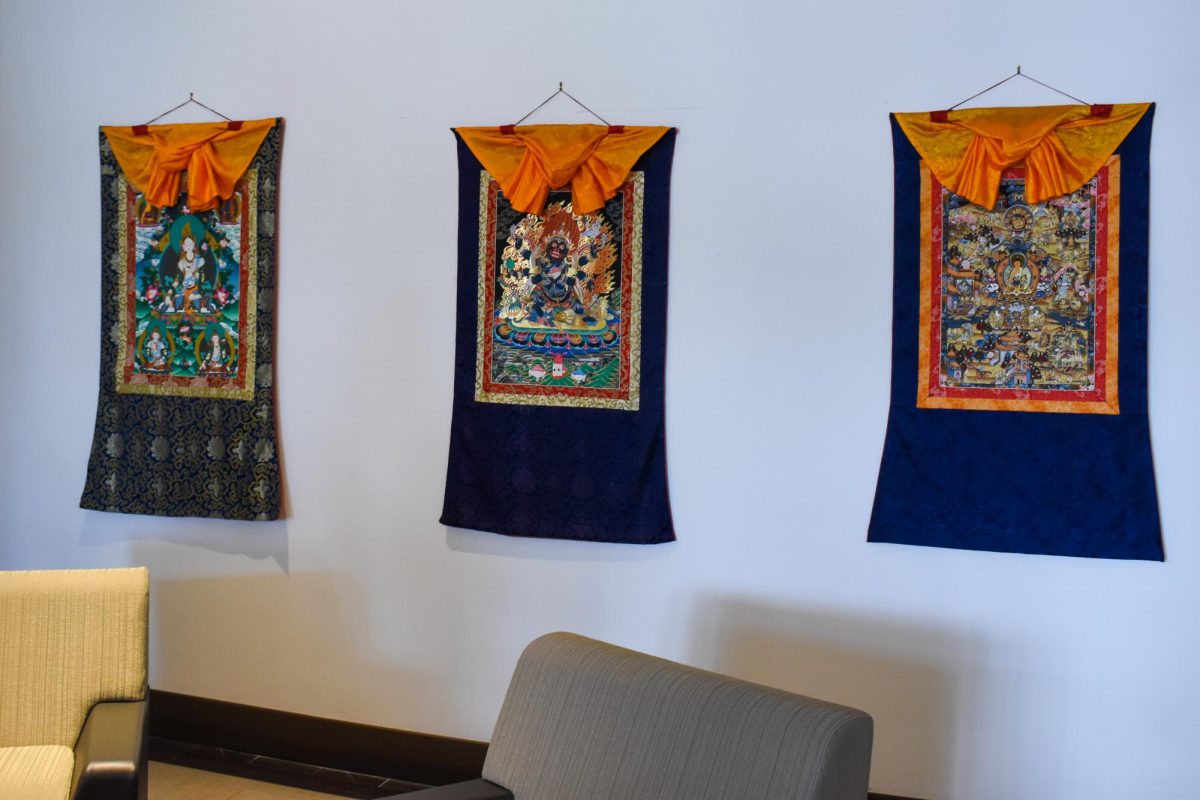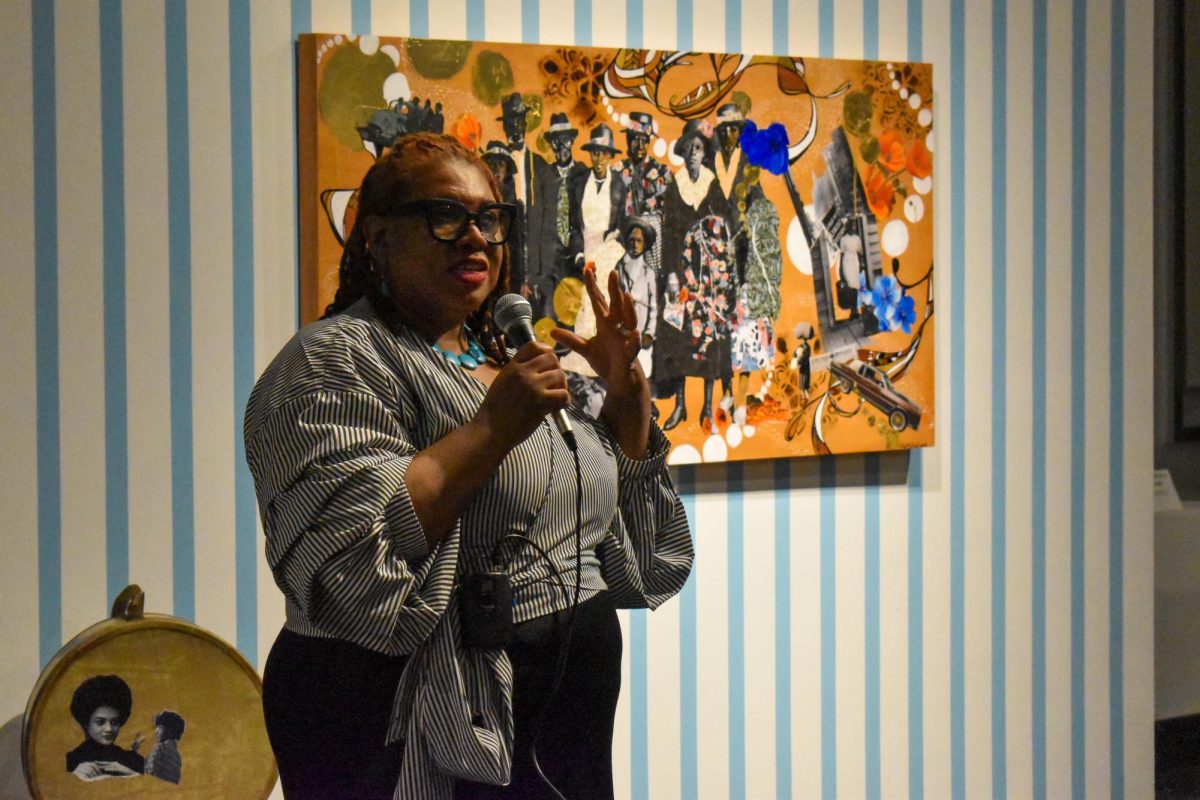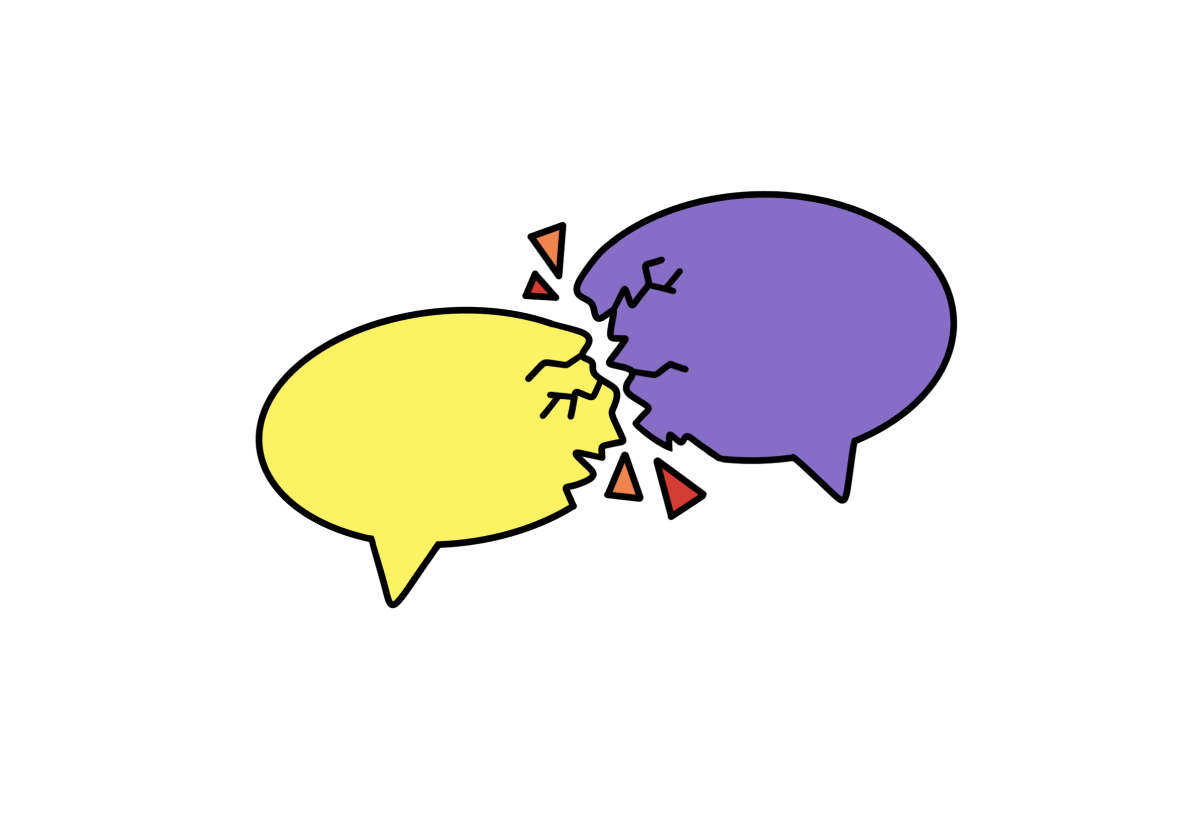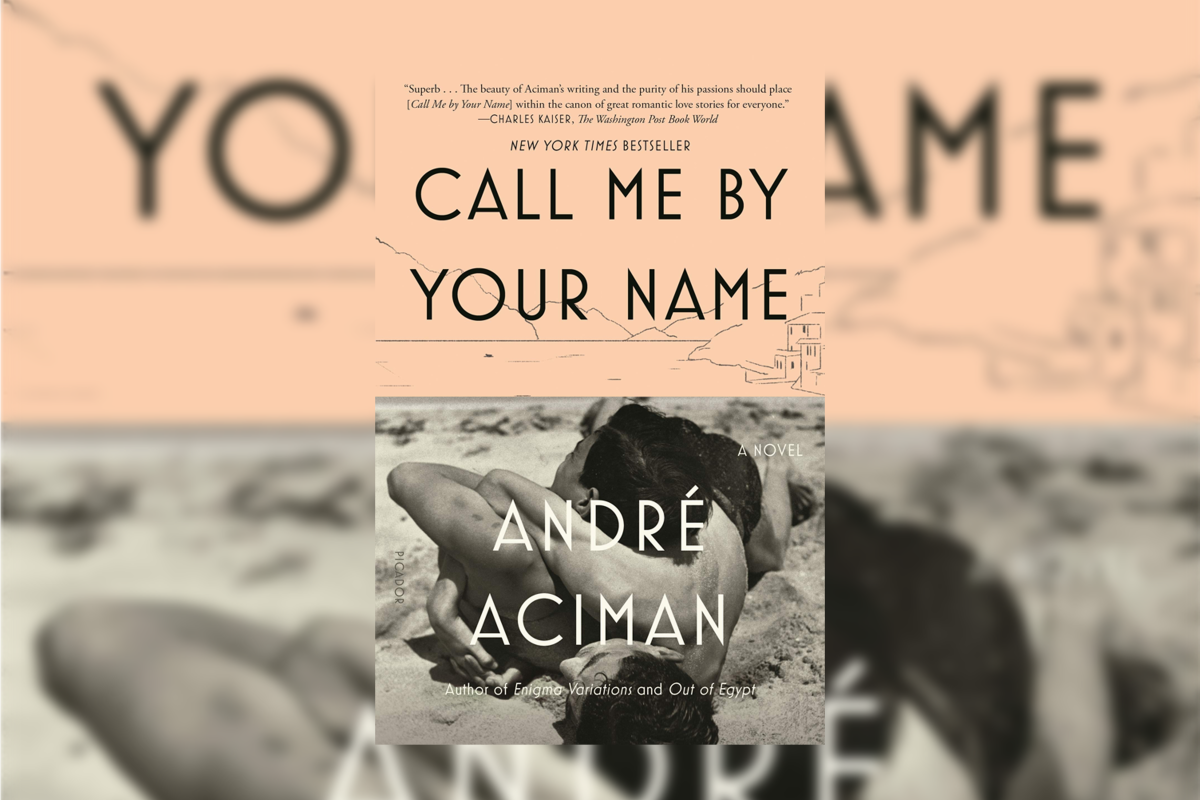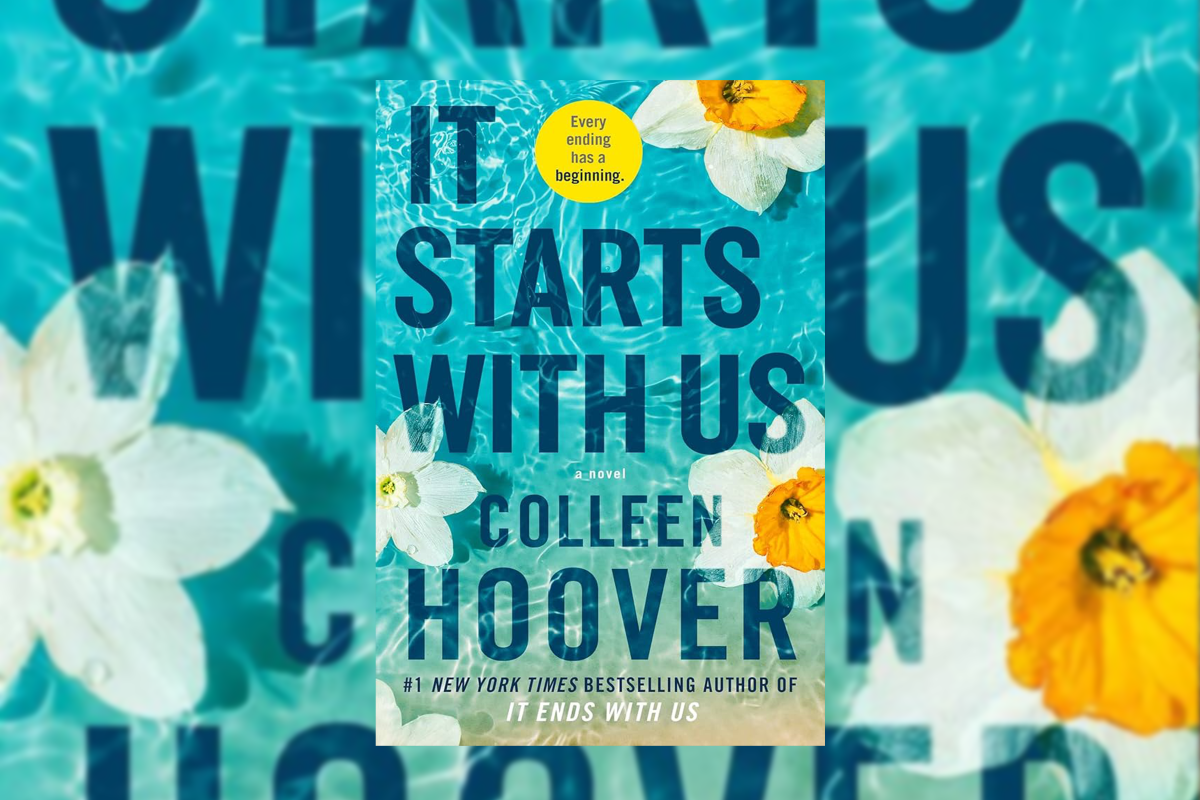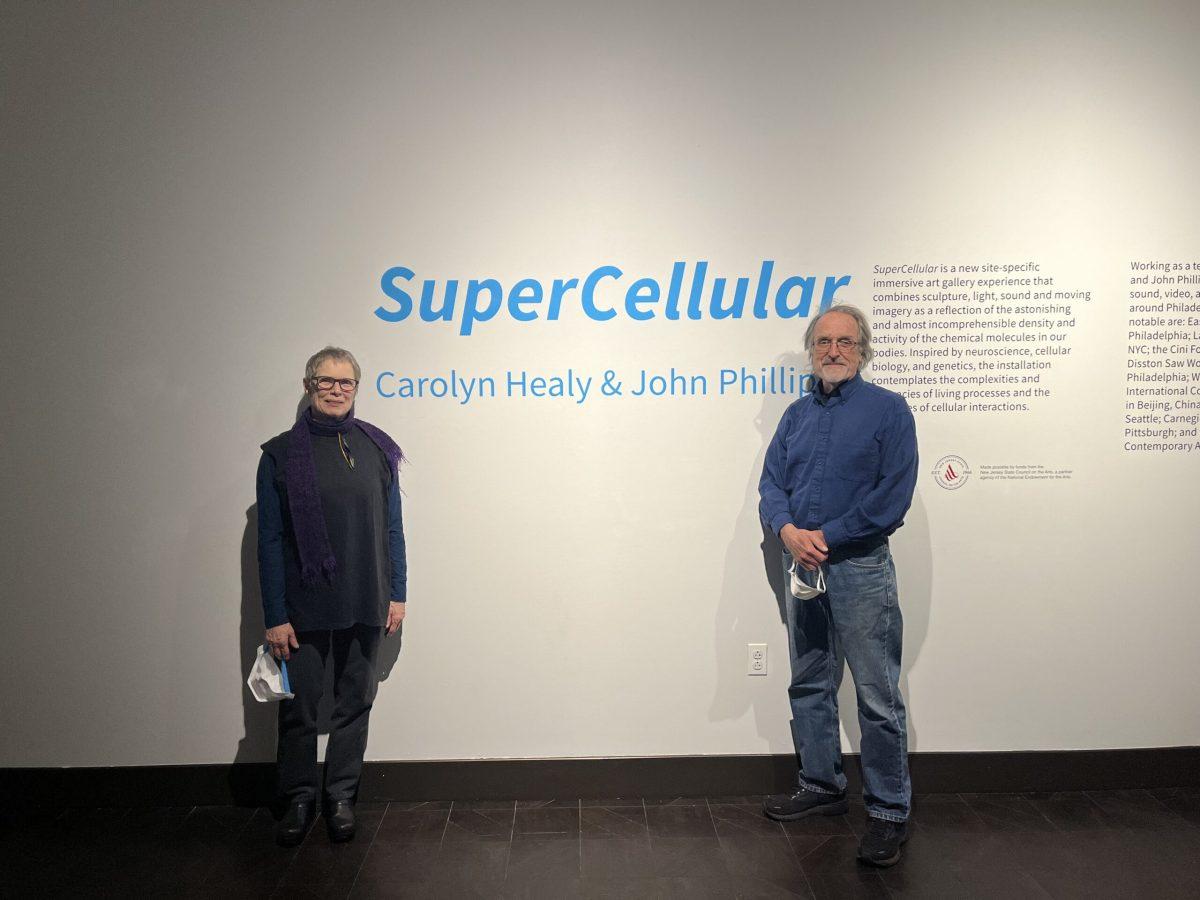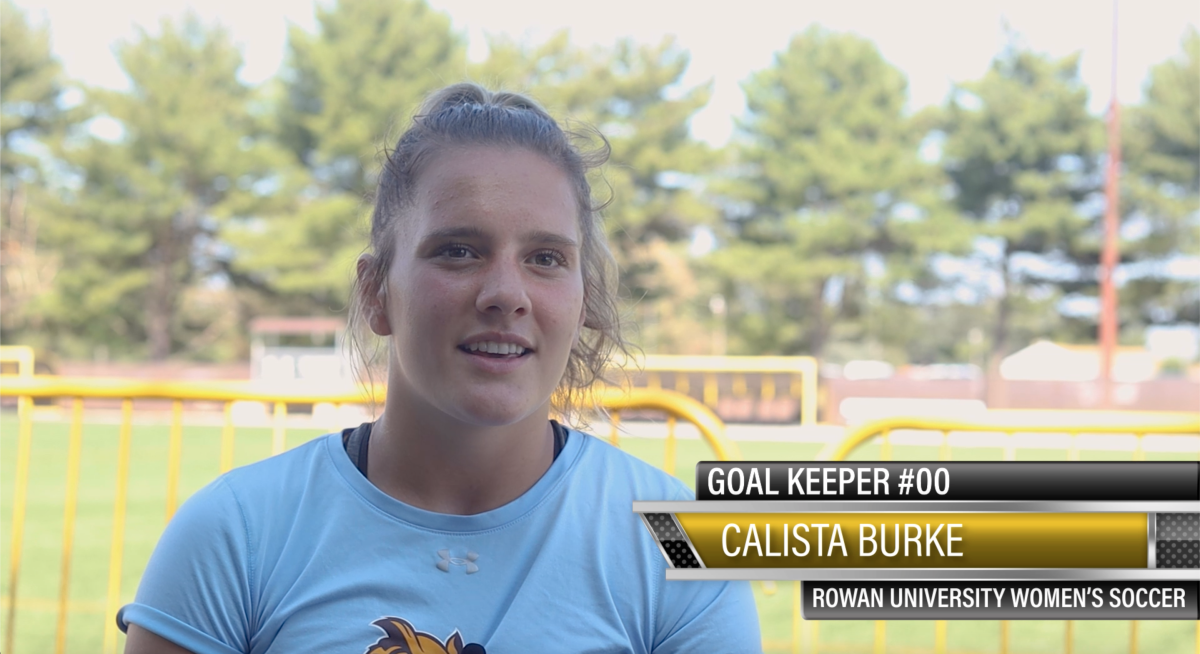I used to think eating was just another task squeezed between classes, work, the gym, or mindless scrolling. Most times, I’d look down and realize my plate was empty, but I couldn’t remember tasting the first bite, and I was never quite satisfied. It wasn’t hunger I was feeding, it was distraction.
For years, I chased every “clean eating” diet trend that surfaced on social media: plant-based, intermittent fasting, keto. I counted calories obsessively and followed rigid food rules, convinced that discipline equaled health. Eventually, I was burnt out. Every meal felt like a math equation, every snack in between a self-battle with food guilt.
Until I came across the concept of mindful eating, a notion that initially sounded too simple and naive. Sit down without distractions? Breathe? Actually taste your food? Then I tried exactly that, and something shifted. For the first time in years, I ate without judgment.
Samantha Lampert, a registered dietitian and teaching professor at Rowan University, says implementing mindfulness at mealtimes isn’t about restriction or rules.
“Our bodies are very smart. They tell us exactly what they need; we’ve just learned to go against that natural instinct,” Lampert said.
Since practicing mindful eating for the past few months, I’ve realized that it helps me listen to my body with compassion, not control.
This practice isn’t just about what you eat, but how you eat. Research from the Harvard T.H. Chan School of Public Health shows that mindful eating can reduce emotional eating, encourage healthier choices, and even help manage stress.
Listen to Your Hunger Cues
I used to treat meals like something I had to earn. I’d let myself eat once every assignment was finished, using food as a kind of reward instead of a basic need. Looking back, I realize how disconnected that mindset made me from my body’s signals. However, once I began paying attention, I noticed hunger felt different for me. Sometimes I get a headache and feel tired, sometimes I get very hangry.
Mindful eating starts with curiosity: What does hunger feel like for me? Am I truly hungry or just bored, tired, or stressed? Once I began noticing those differences, I started acknowledging them, and that became the first step toward building a more positive relationship with food.
Before each meal, I check in with myself. My body will reveal its own patterns naturally. If I realize I’m seeking comfort rather than fuel, I try another form of nourishment like a short workout, a glass of water, or a call with a friend.
Engage All Your Senses
Too often, we eat on autopilot, during classes, between meetings, or while scrolling on our phones. Something that helped me create a mindful eating ritual was actually looking at my food. It sounds simple, but it is more complicated than you might think.
This means noticing the colors, the textures, the aroma. Slowing down, watching the curls of steam rise, and taking that first bite with intention grounded me in a way I didn’t expect.
“Slowing down to smell, touch, and appreciate your food connects you more deeply to what you’re eating, and to your body,” Lampert said.
Research supports this, too. A study done by the National Library of Medicine found that people who used sensory awareness while eating reported greater enjoyment and less overeating. So, listen for that satisfying crunch, smell the tang of seasoning, and feel the warmth of each bite. Taking the time to be fully present in that moment is surprisingly powerful.
Swap Restriction for Addition
For years, as I battled eating disorders and discomfort in my own skin, I saw food in black and white, “good” or “bad. That mindset only fed guilt and restriction, and the more I tried to control food, the more it controlled me.
Mindful eating has helped me unlearn that. It’s not about having rules or cutting certain foods out; it’s about personalized flexibility and balance. Lampert practices what she calls addition instead of restriction.
“If I want potato chips, I’ll let myself have them,” Lampert said. “But I’ll also add something with more nutrients, maybe a protein, a fruit, or a veggie. That way I’m satisfying both my body and my mind.”
I’ve started doing the same. If I crave chips, I’ll have them and add a yogurt with some fruit. This quiets the guilt that used to follow me around. Instead of labeling foods as good or bad, I think of what I can add to make my plate more nourishing and enjoyable.
Slow Down and Ditch Distractions
Eating without watching TikToks or a show can sometimes feel awkward for me, but it’s actually extremely beneficial. Multitasking through meals confuses your body’s fullness signals and spikes stress hormones like cortisol. It takes about 20 minutes for your brain to register fullness, but many of us finish a meal in half that time.
To combat that, I started putting my phone and laptop in another room and setting my fork down between bites. It was strange at first, sitting in silence and not having a distraction to reach for, but slowing down actually helped my body and brain sync up. I started to feel when I was full, and when I left the table, I felt calm, not overly stuffed, guilty, or anxious.
Savor the Moment
Mindful eating isn’t a diet, a cleanse, or a trend. It’s a return to yourself, your senses, and the joy of nourishing your body. It has helped me trust my body again and see food as something that supports and energizes me, instead of something to control or calculate.
That trust takes practice. I still catch myself overanalyzing what’s on my plate and overthinking the calories on it. But now, instead of punishing myself for it, I take a breath and try to recenter myself again. I’m still learning what works best for me because mindful eating is not a one-size-fits-all regimen; it’s an opportunity to explore your body’s natural rhythm.
You don’t have to overhaul your habits overnight. Start small. Try implementing one mindful meal a day, or even one mindful bite. Take a deep breath, put distractions away, and savor each bite. You might be surprised at how peaceful it feels to finally be present at the table.
For comments/questions about this story DM us on Instagram @thewhitatrowan or email [email protected]

